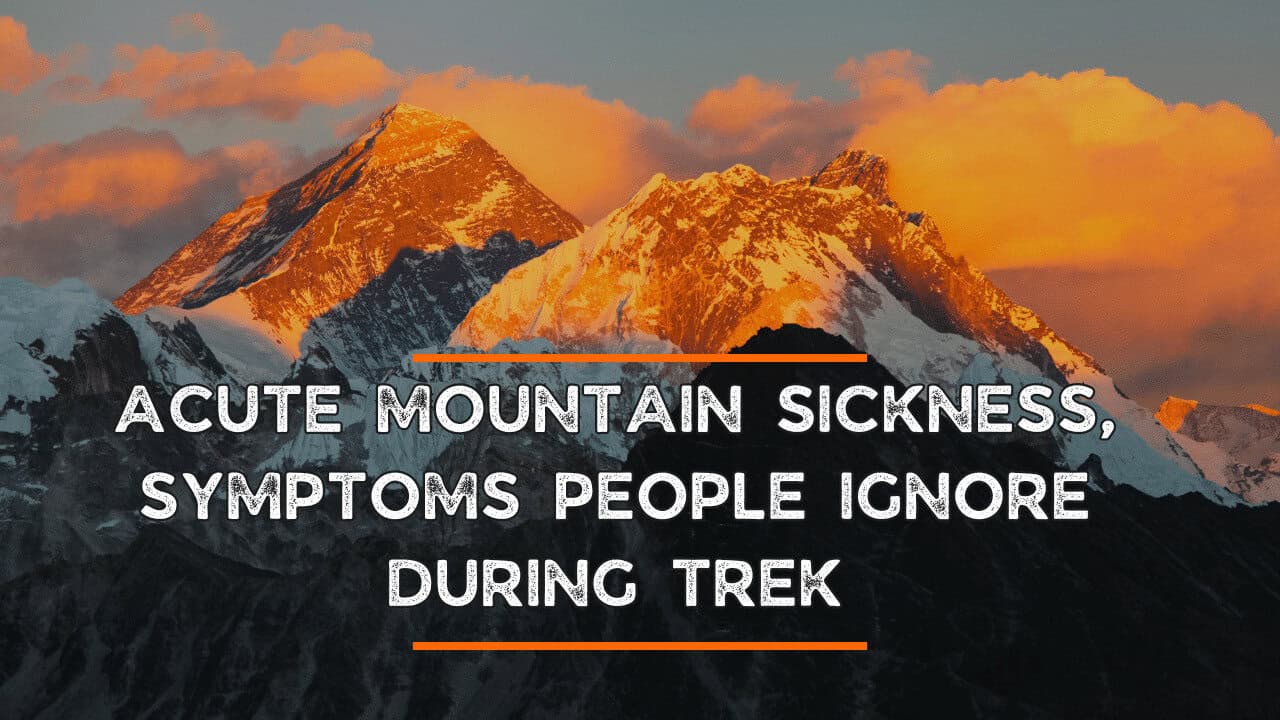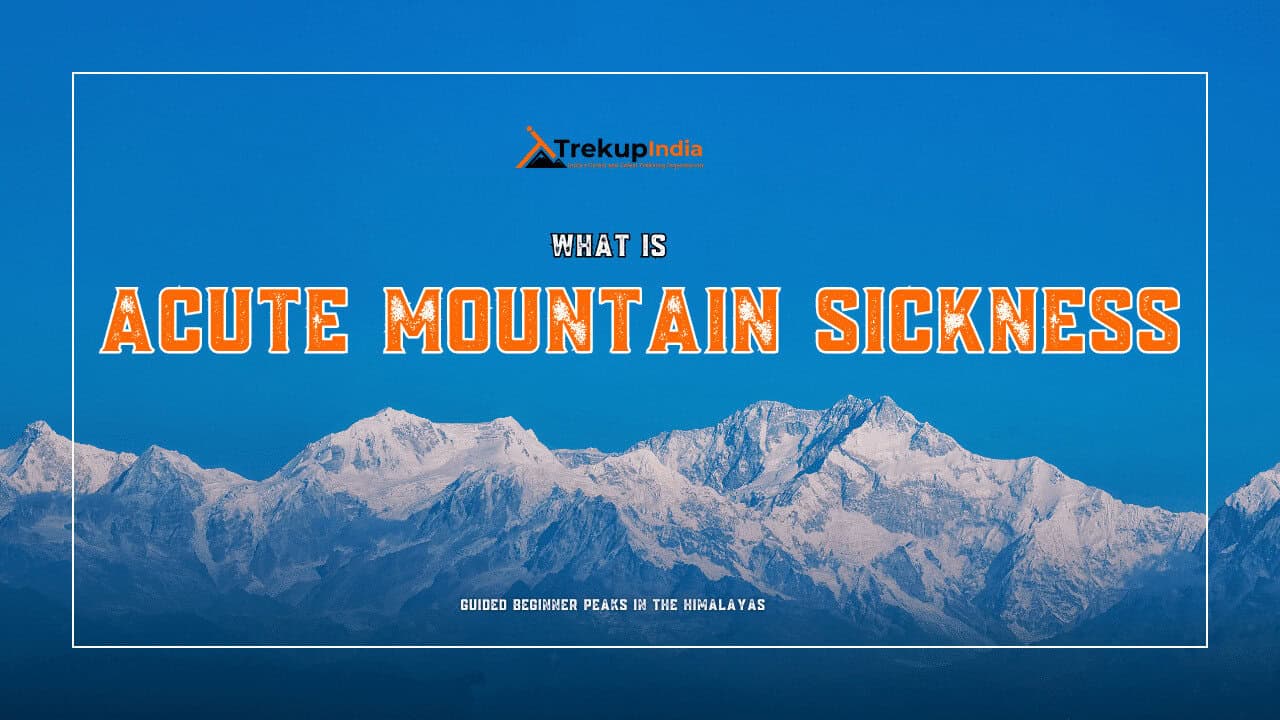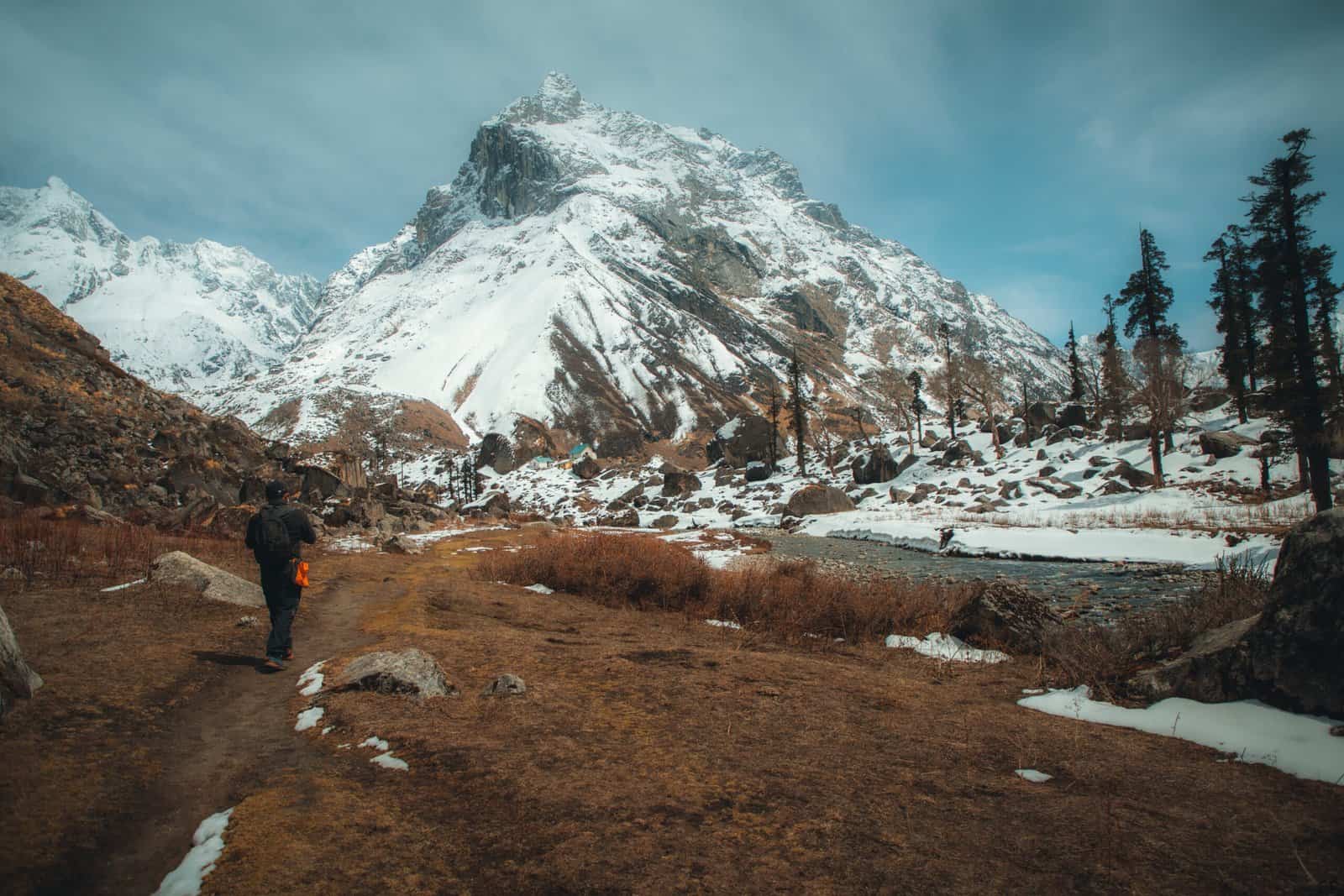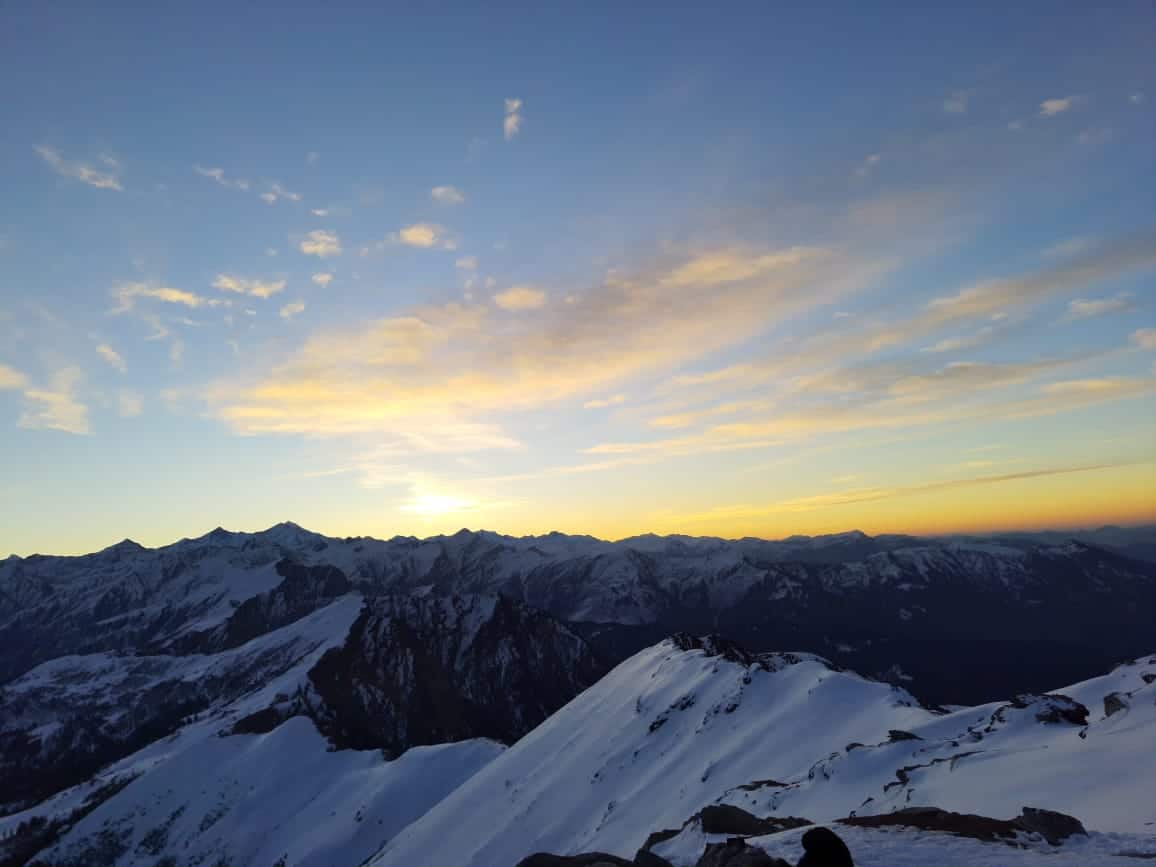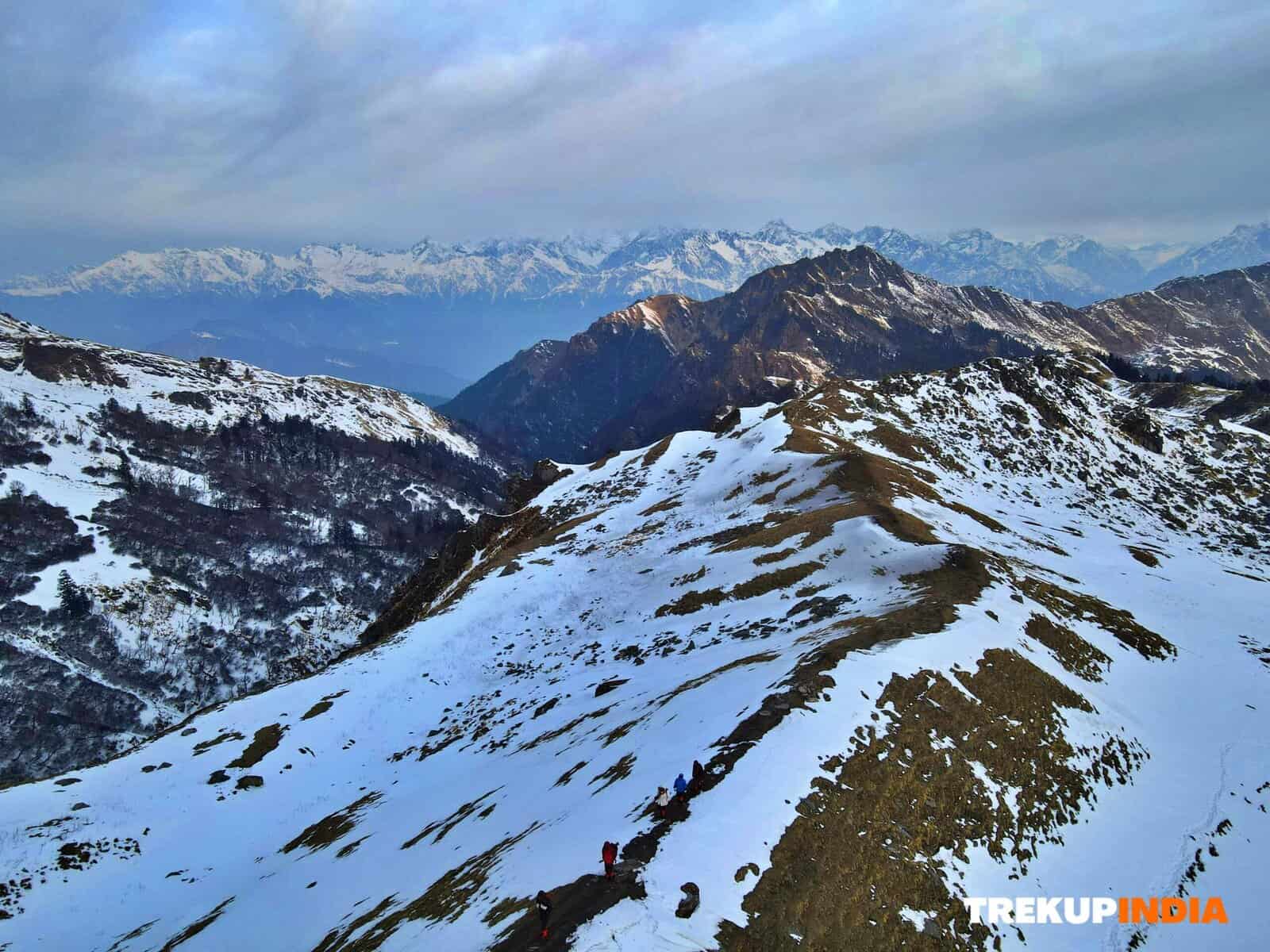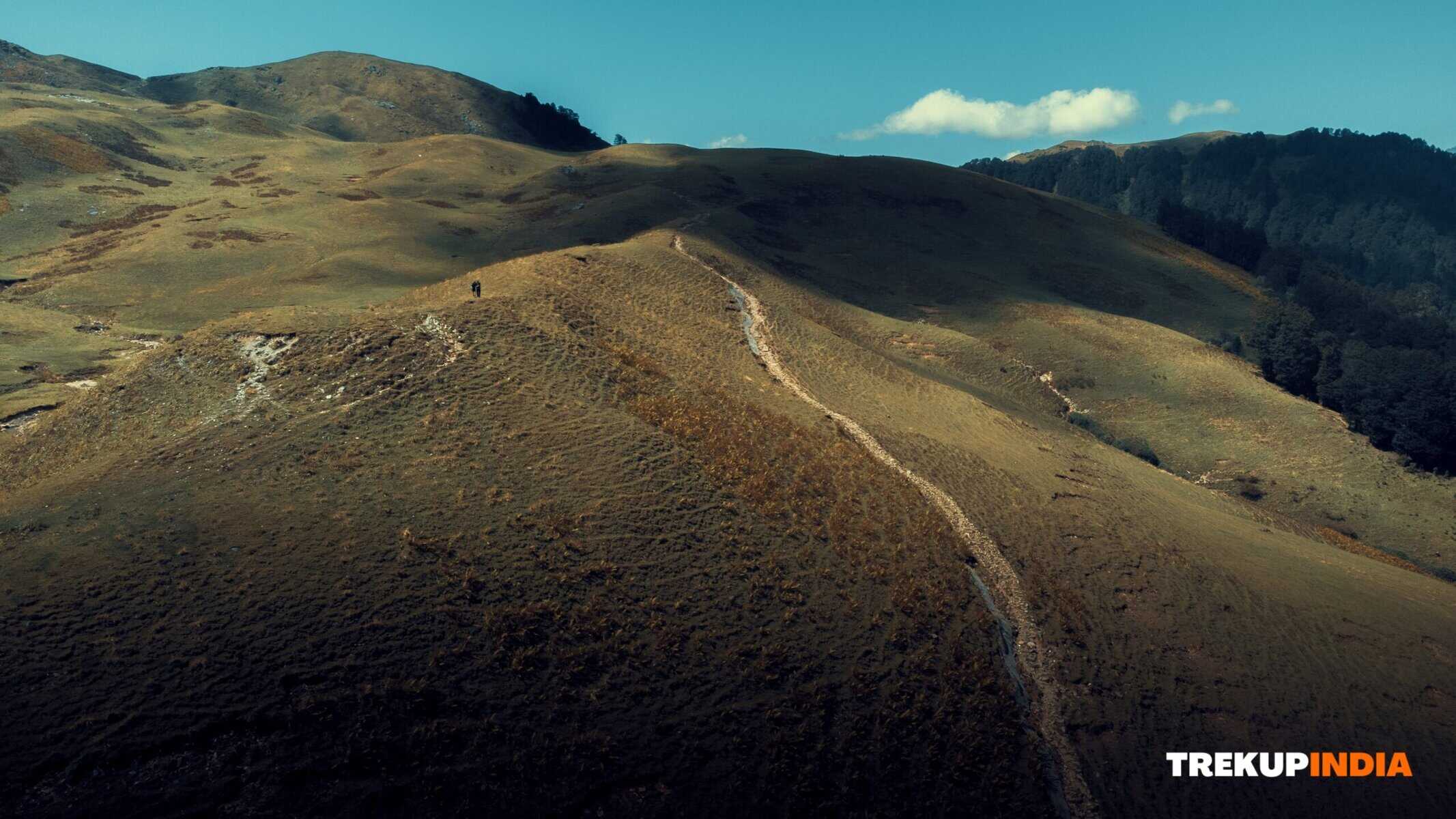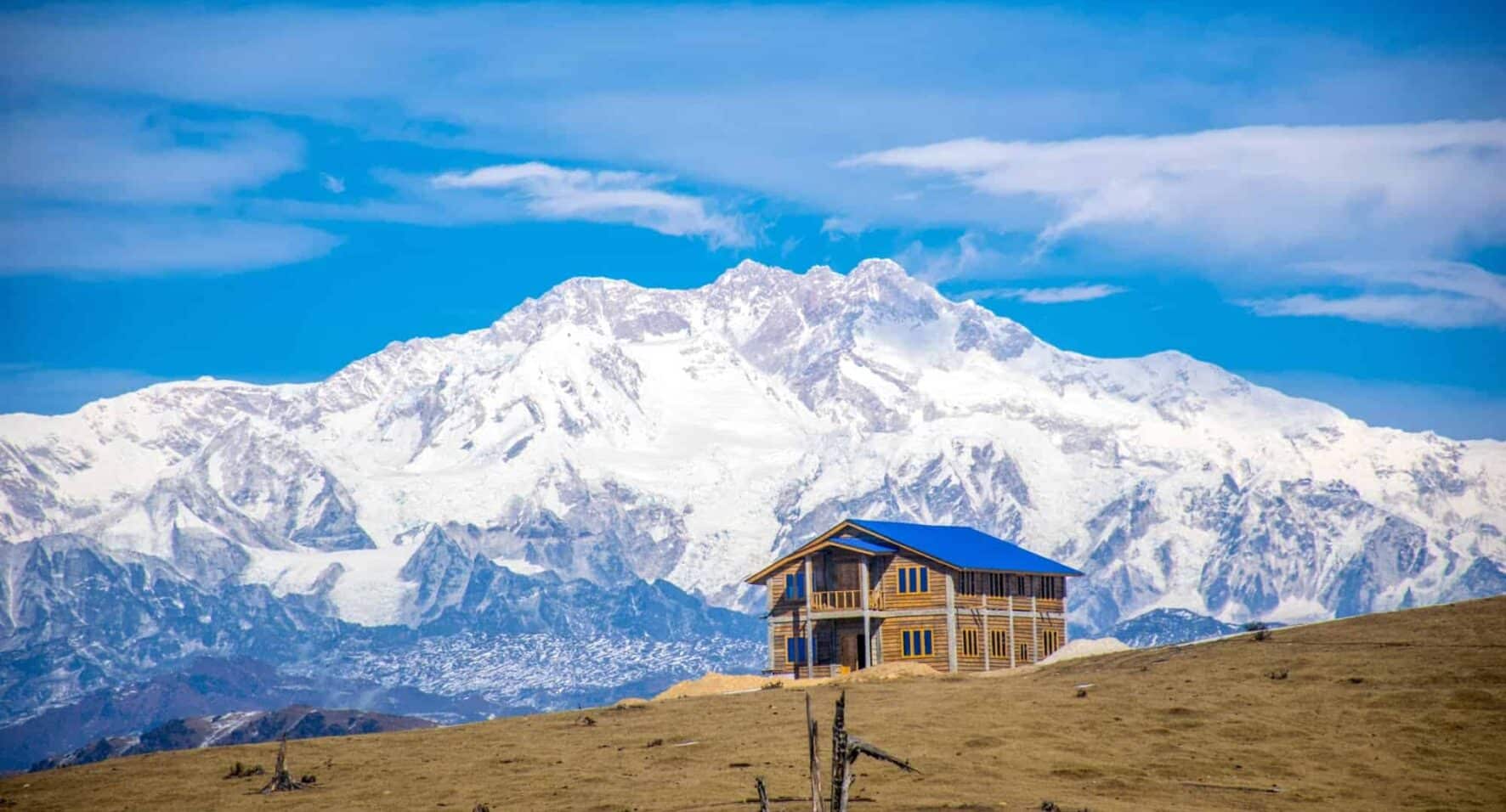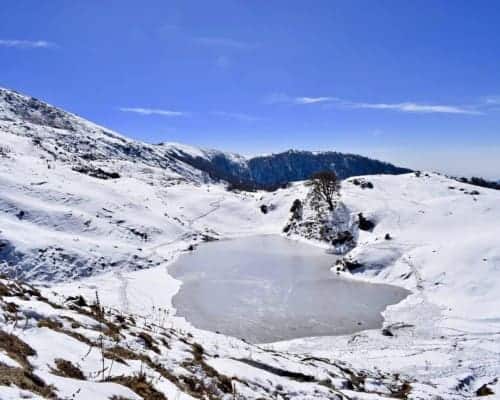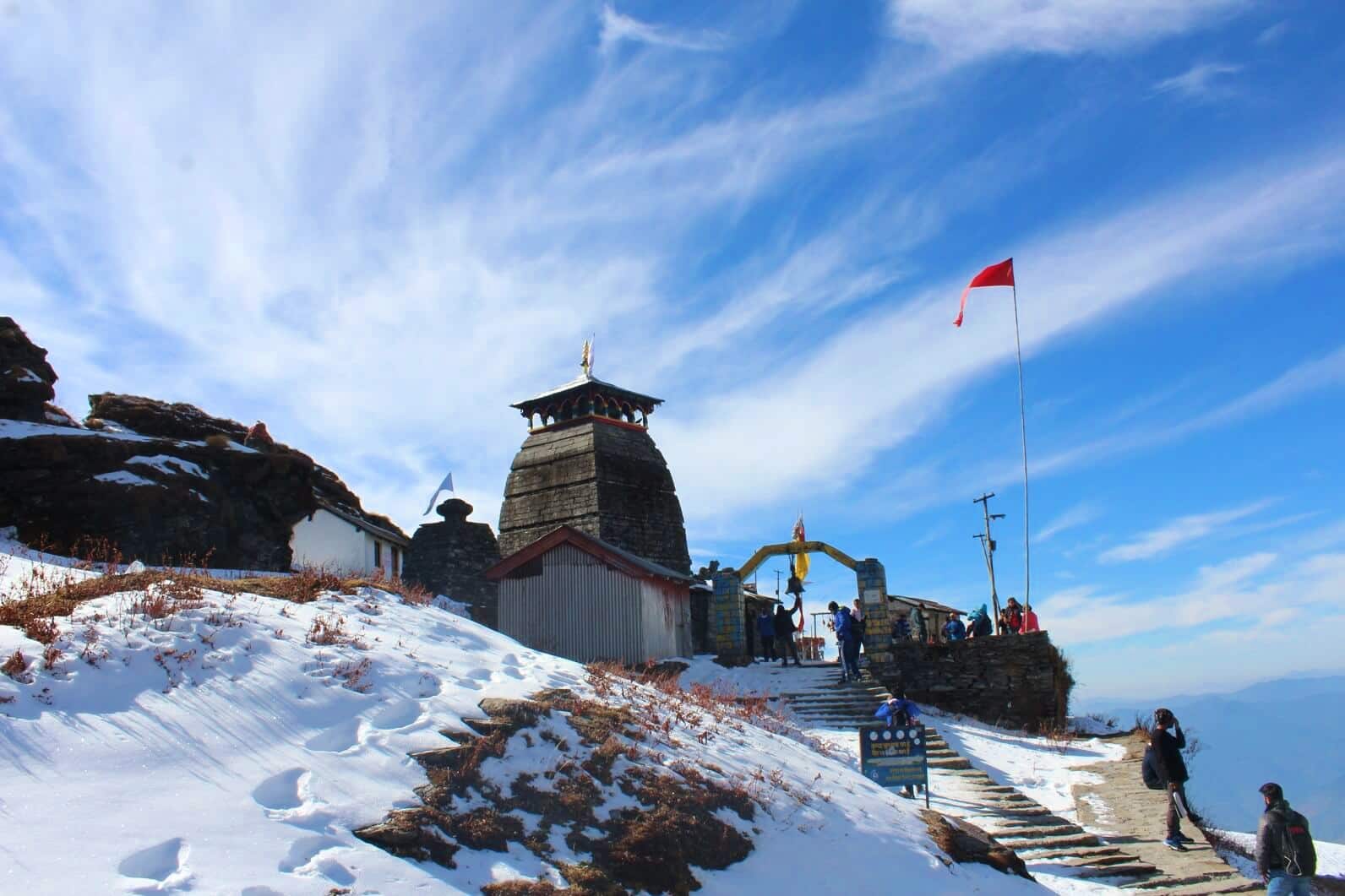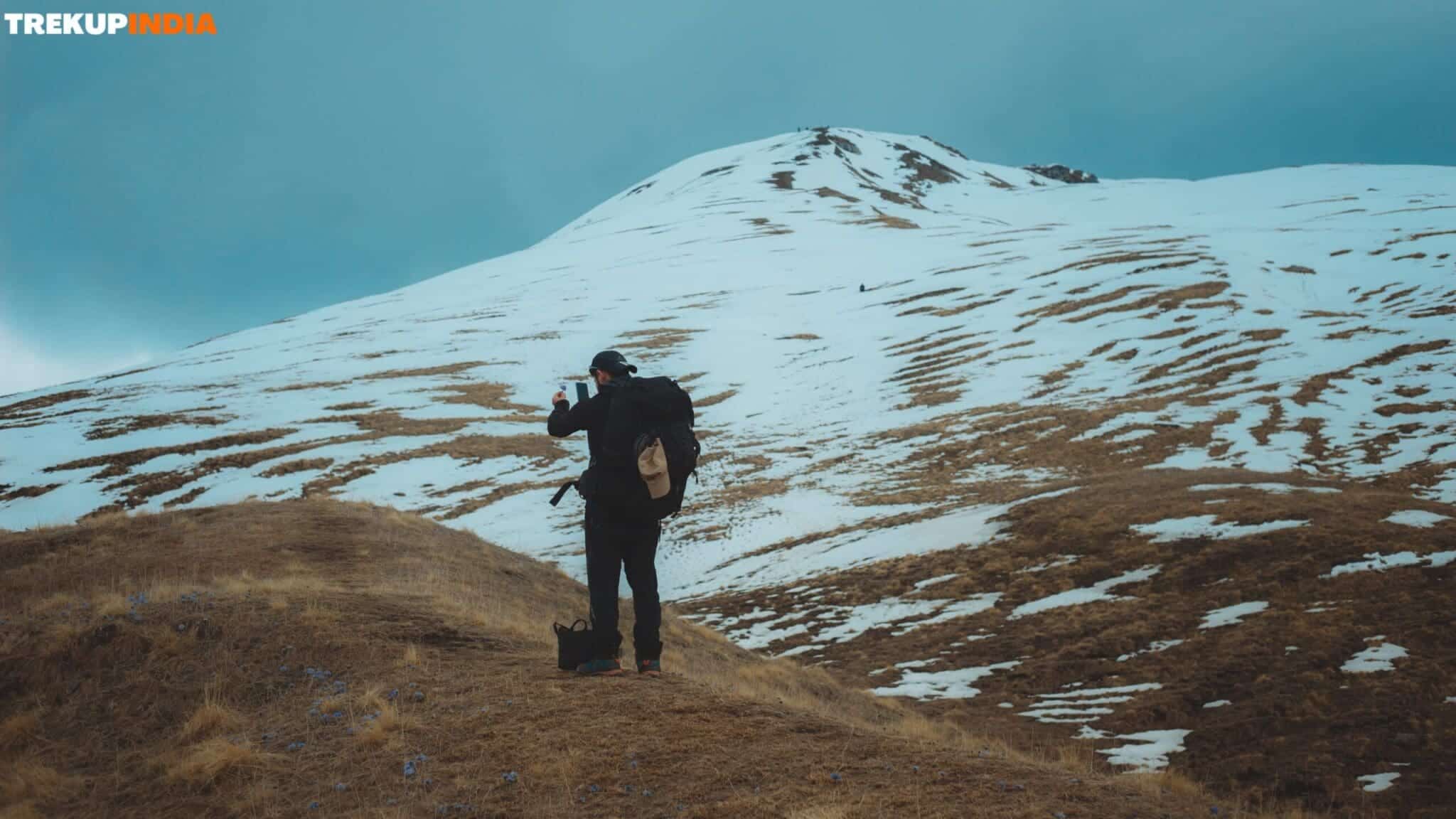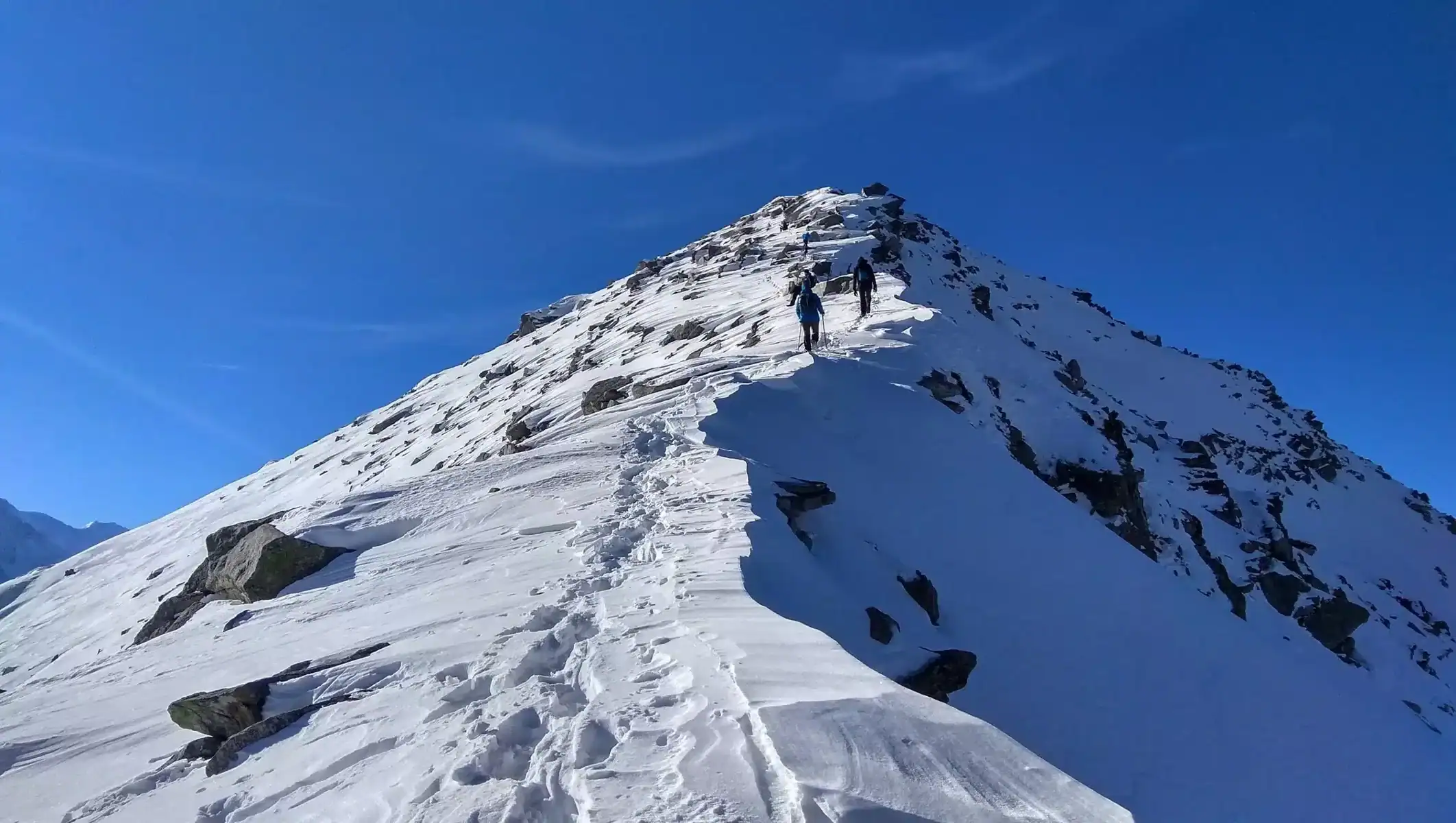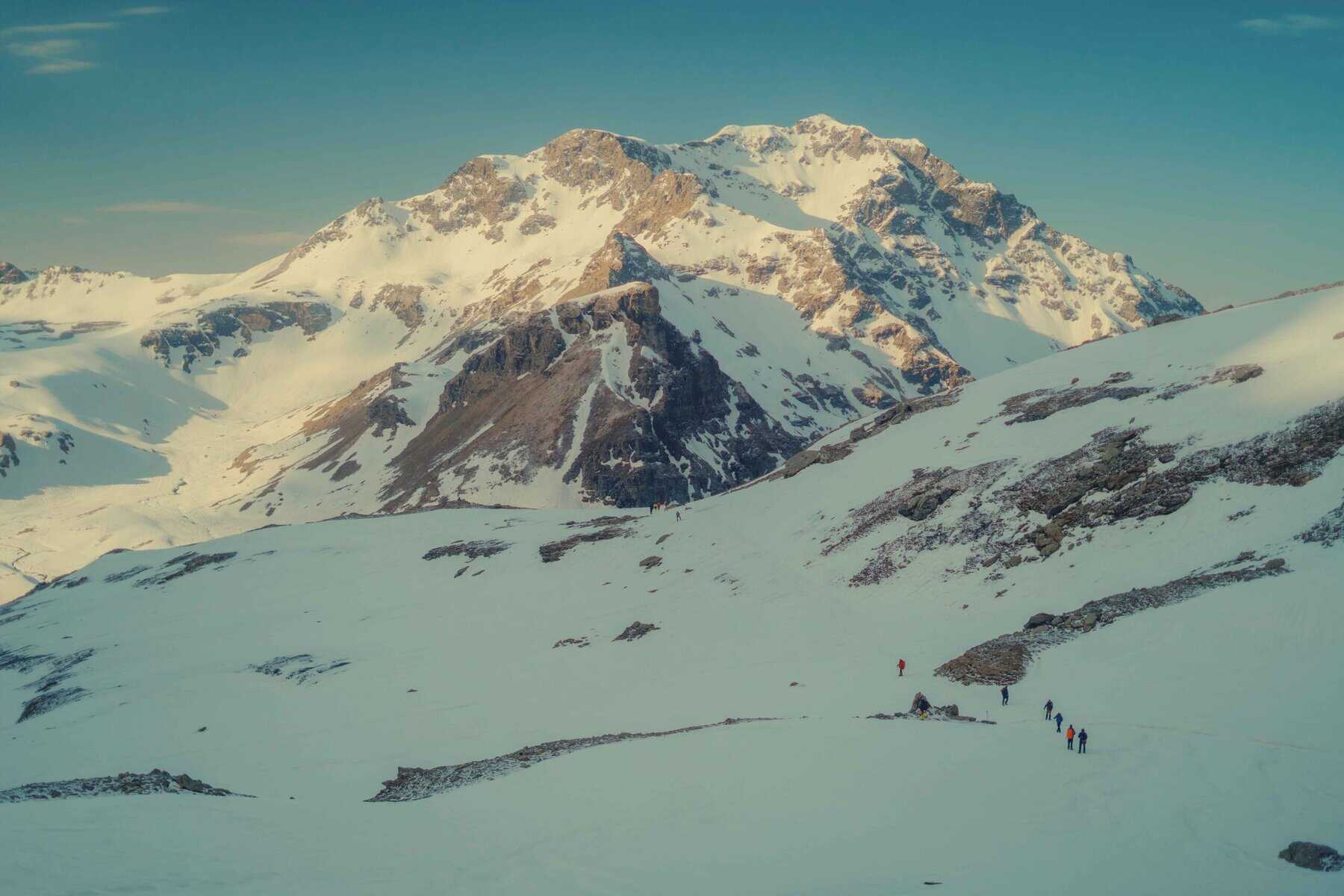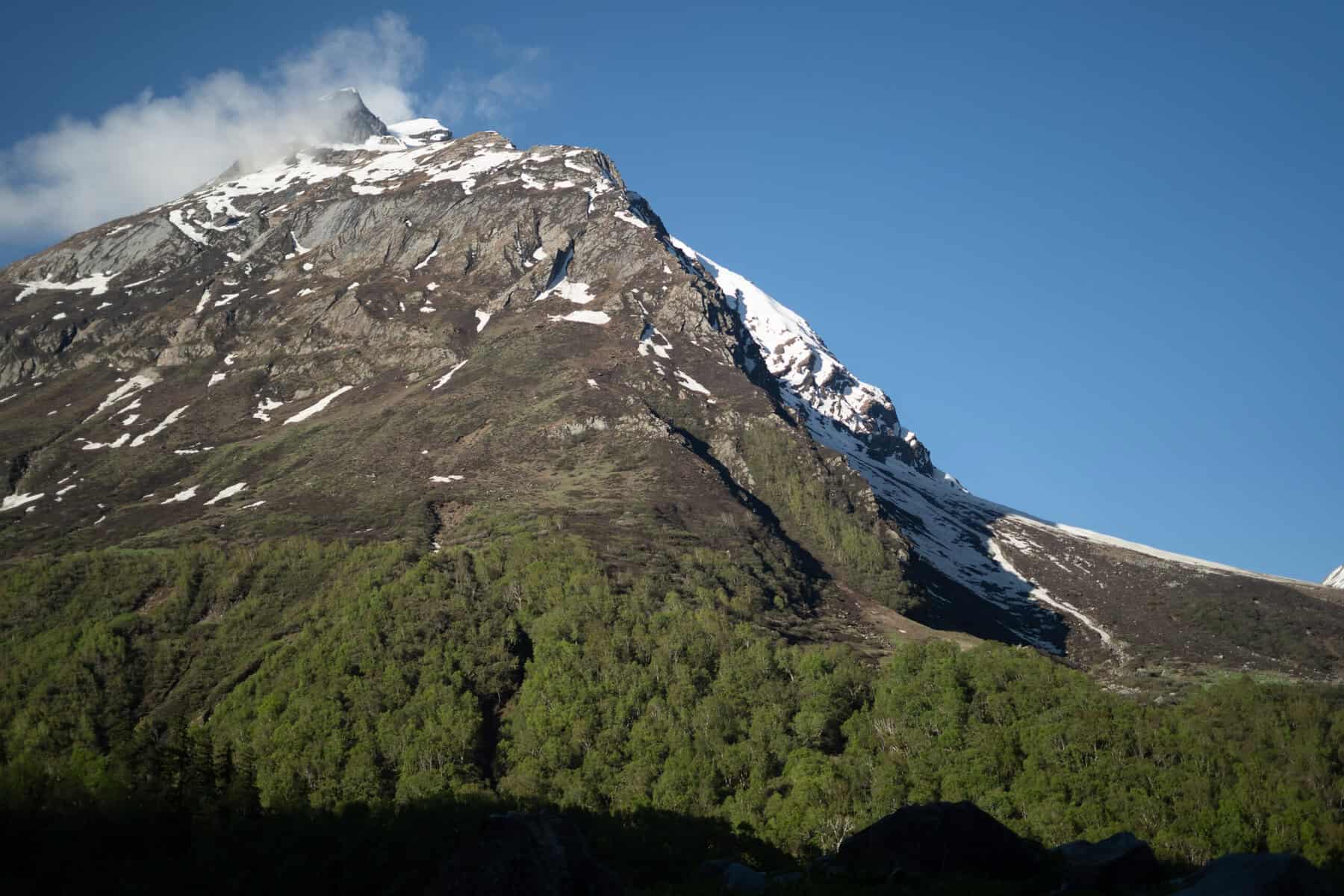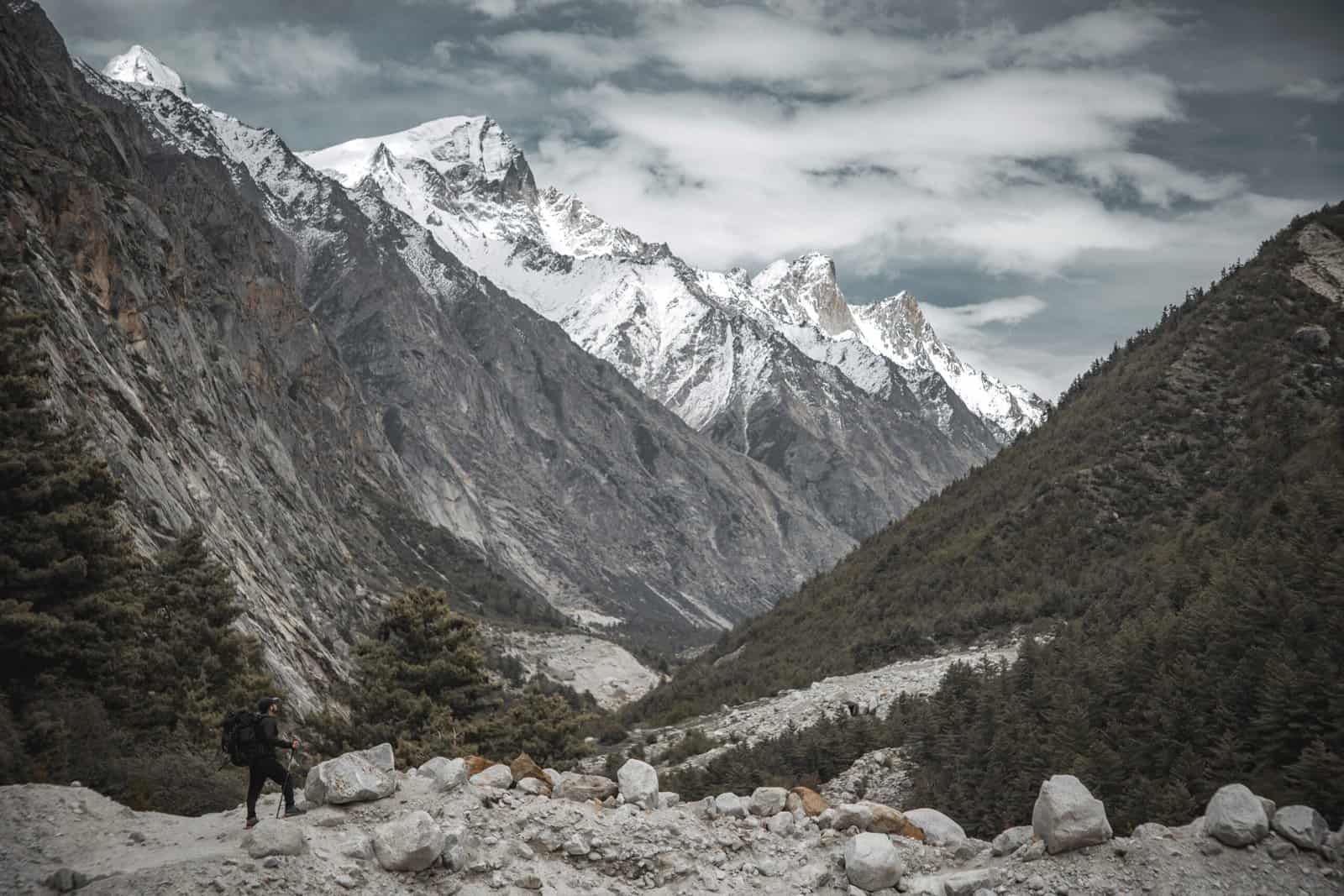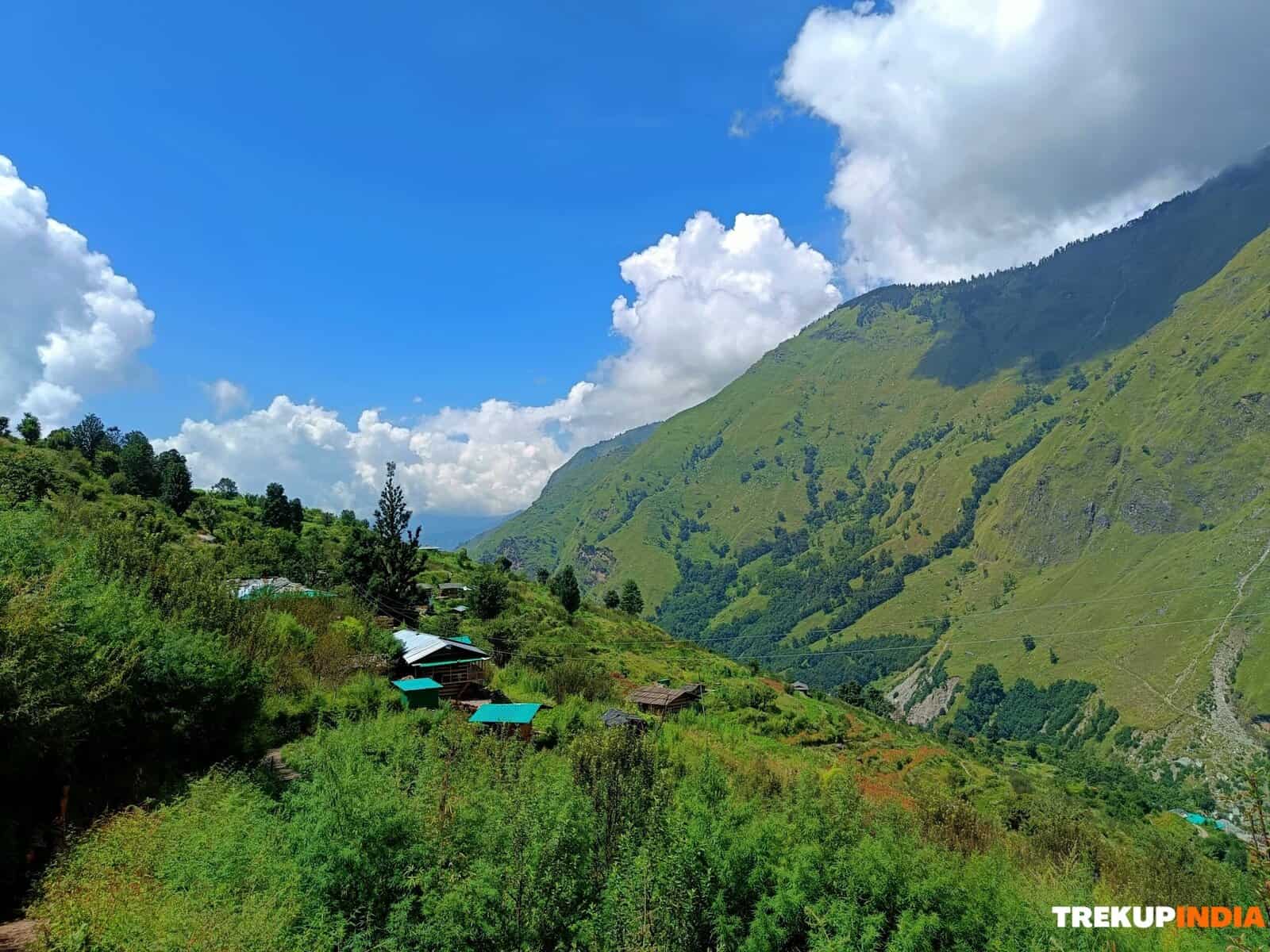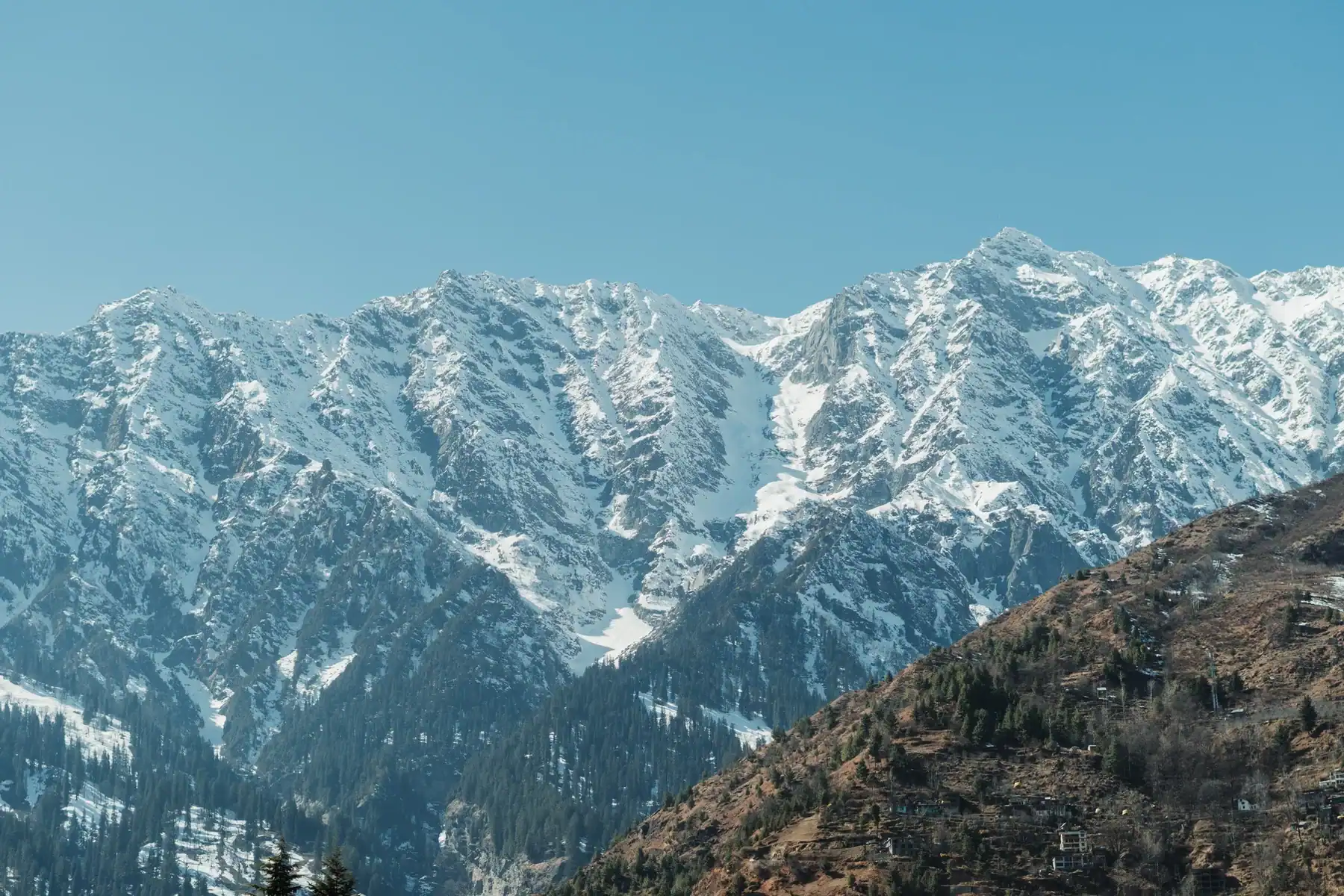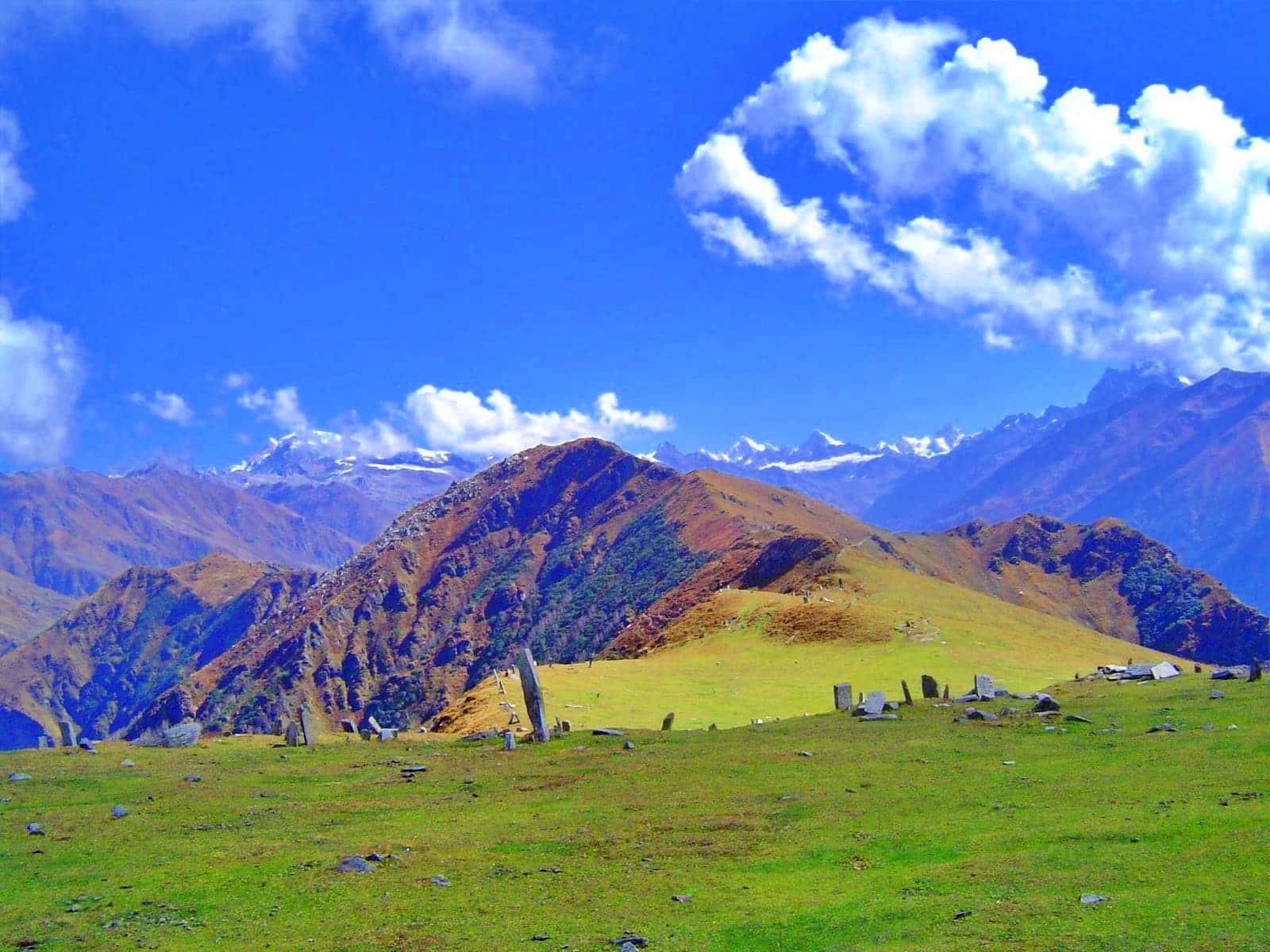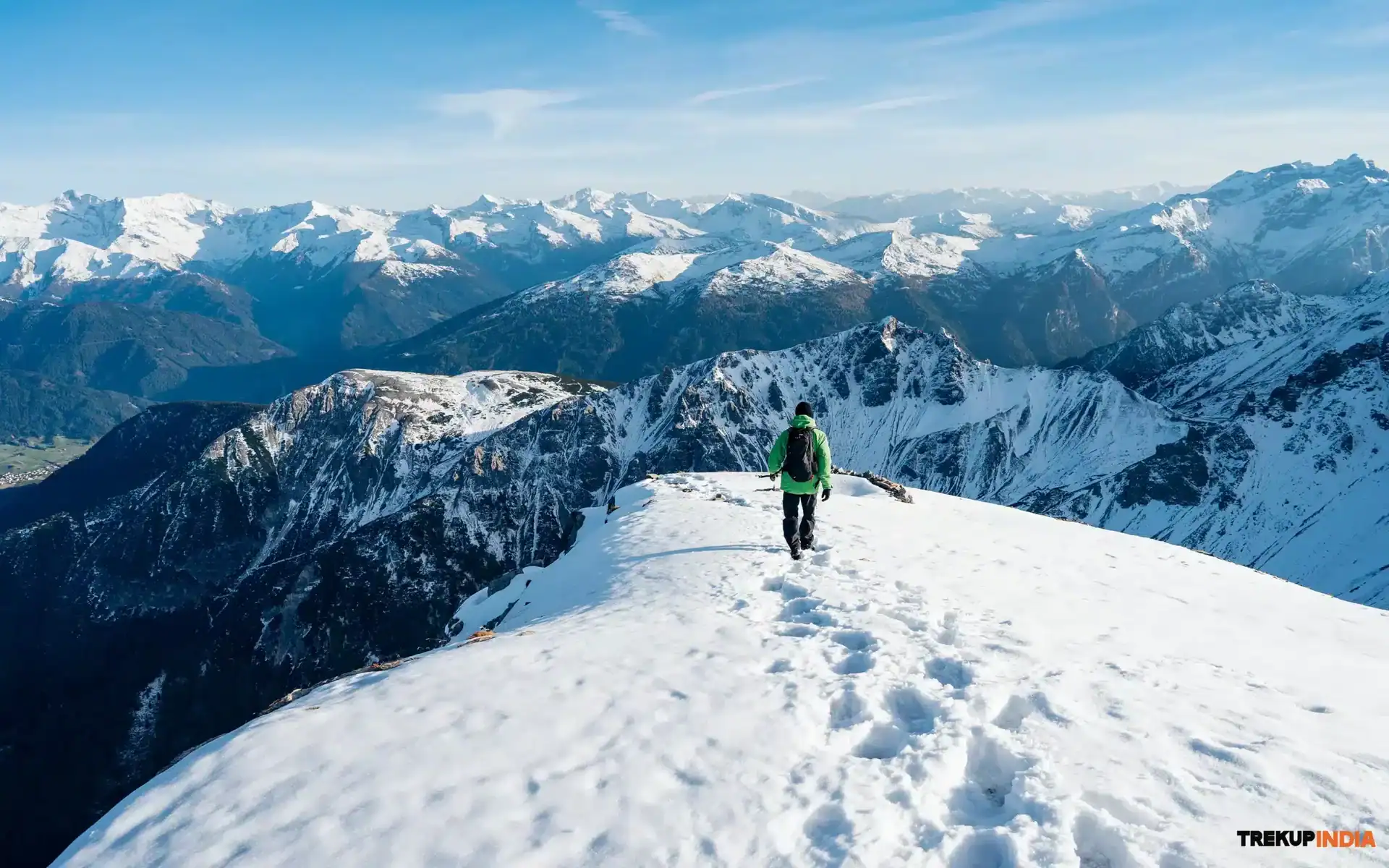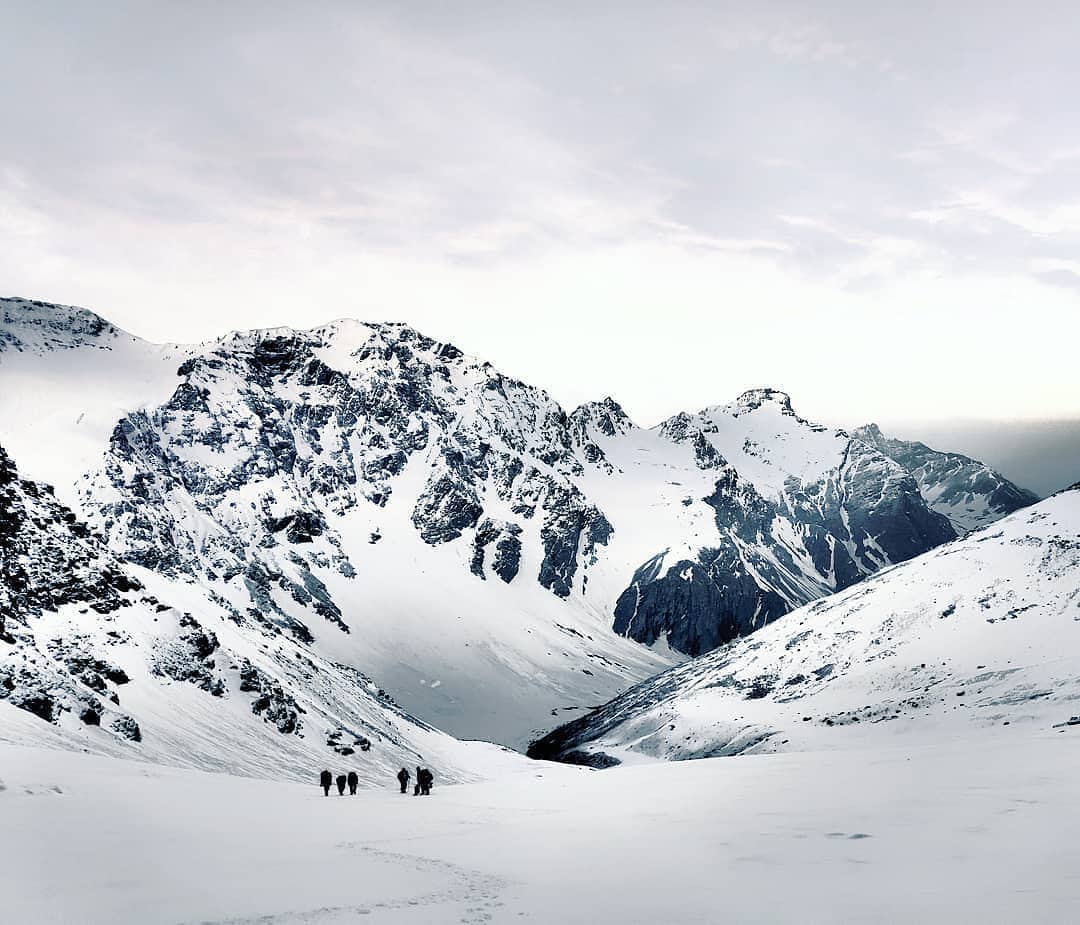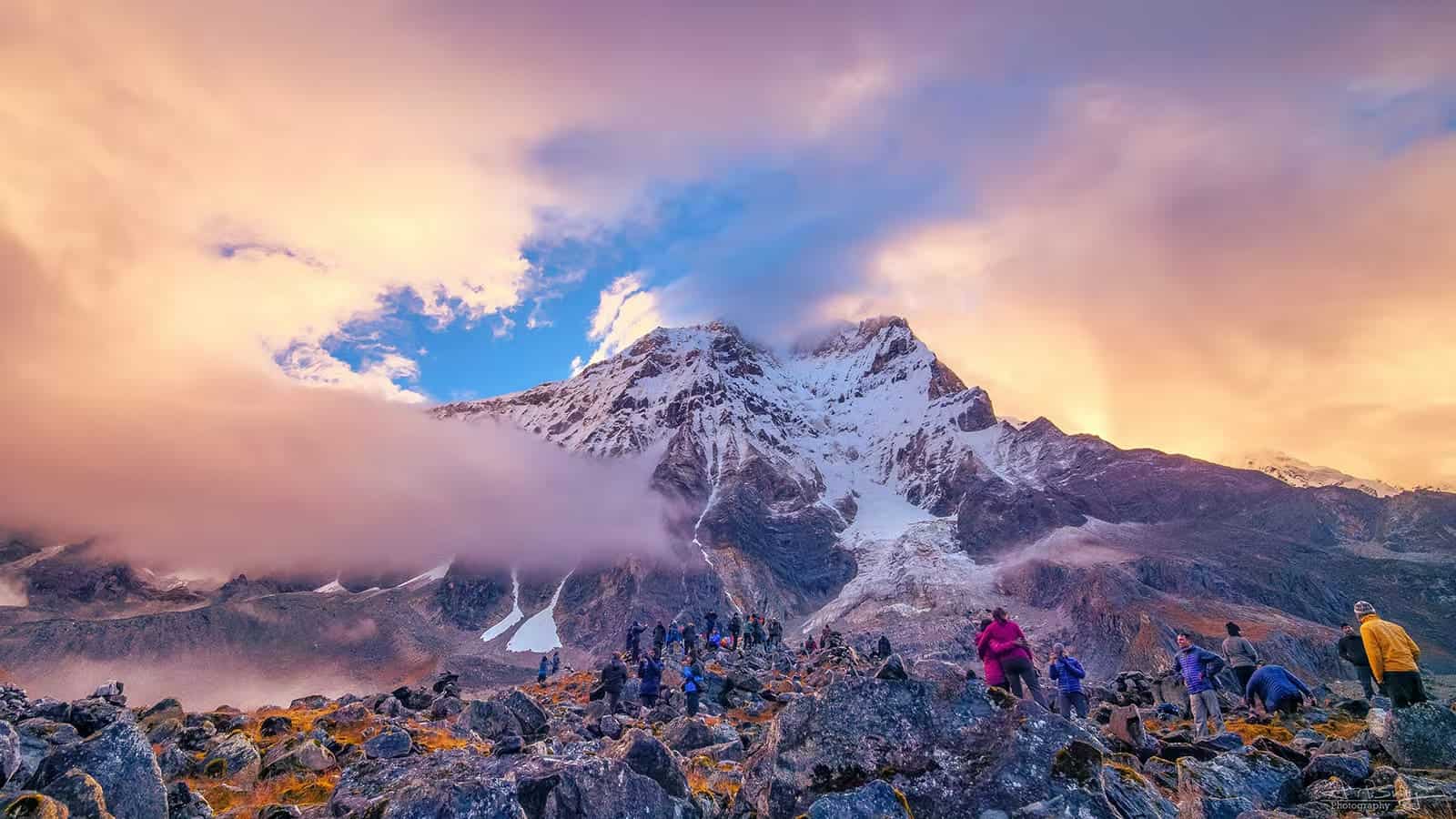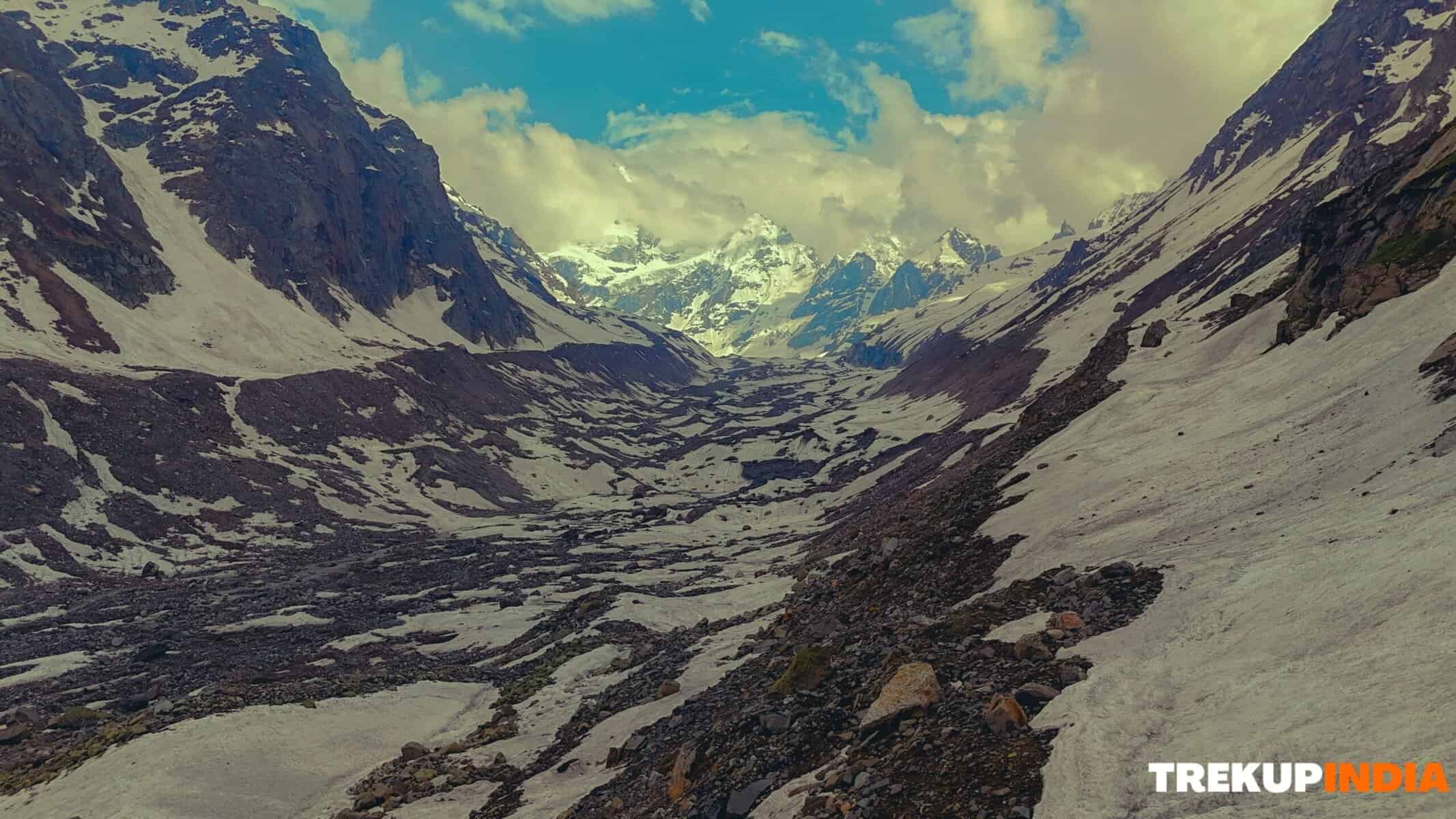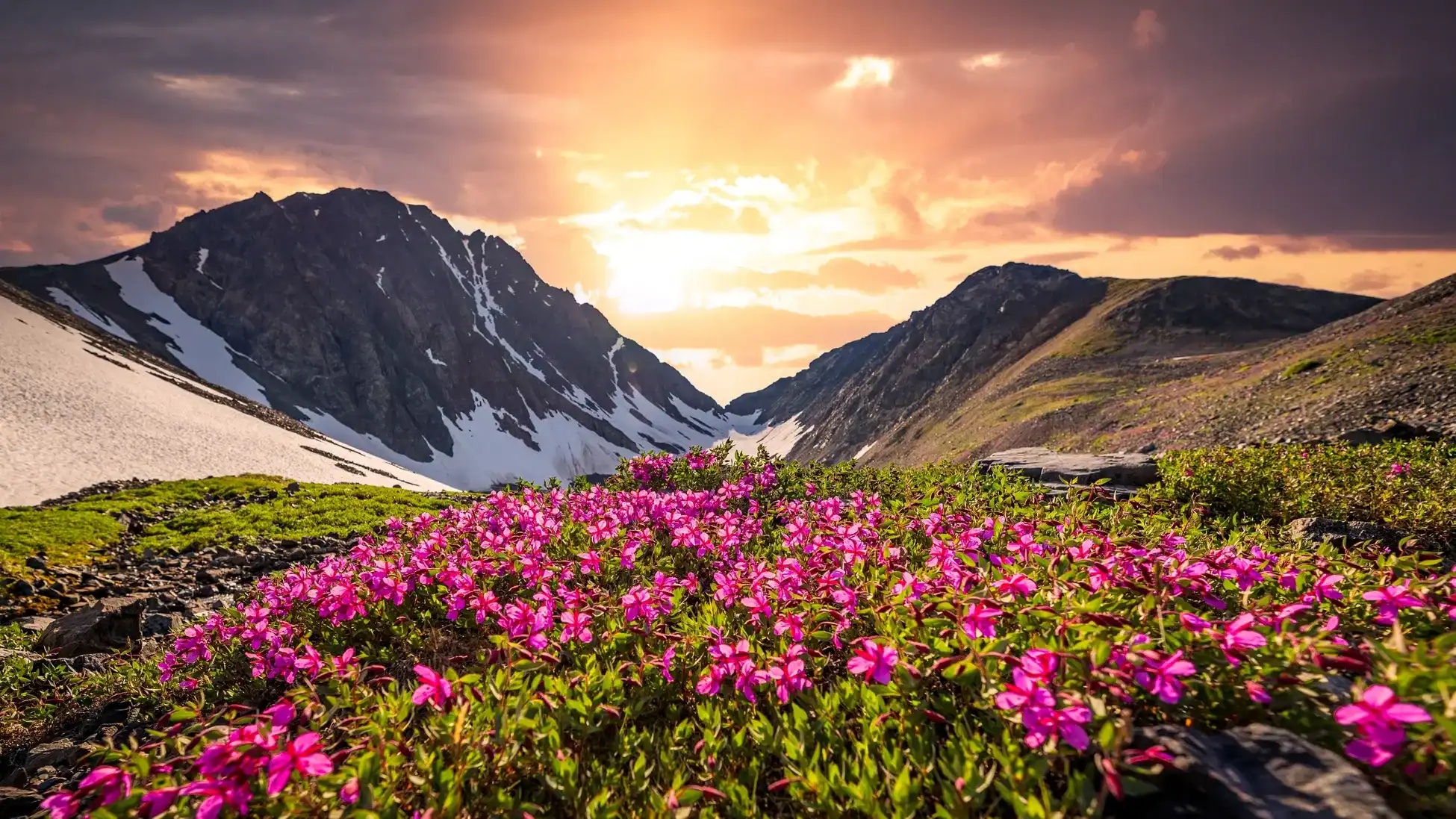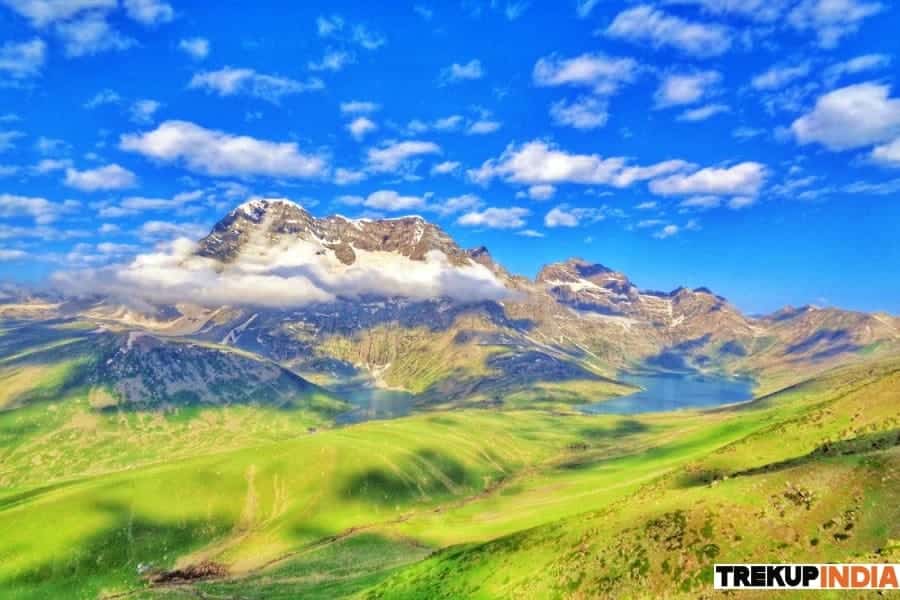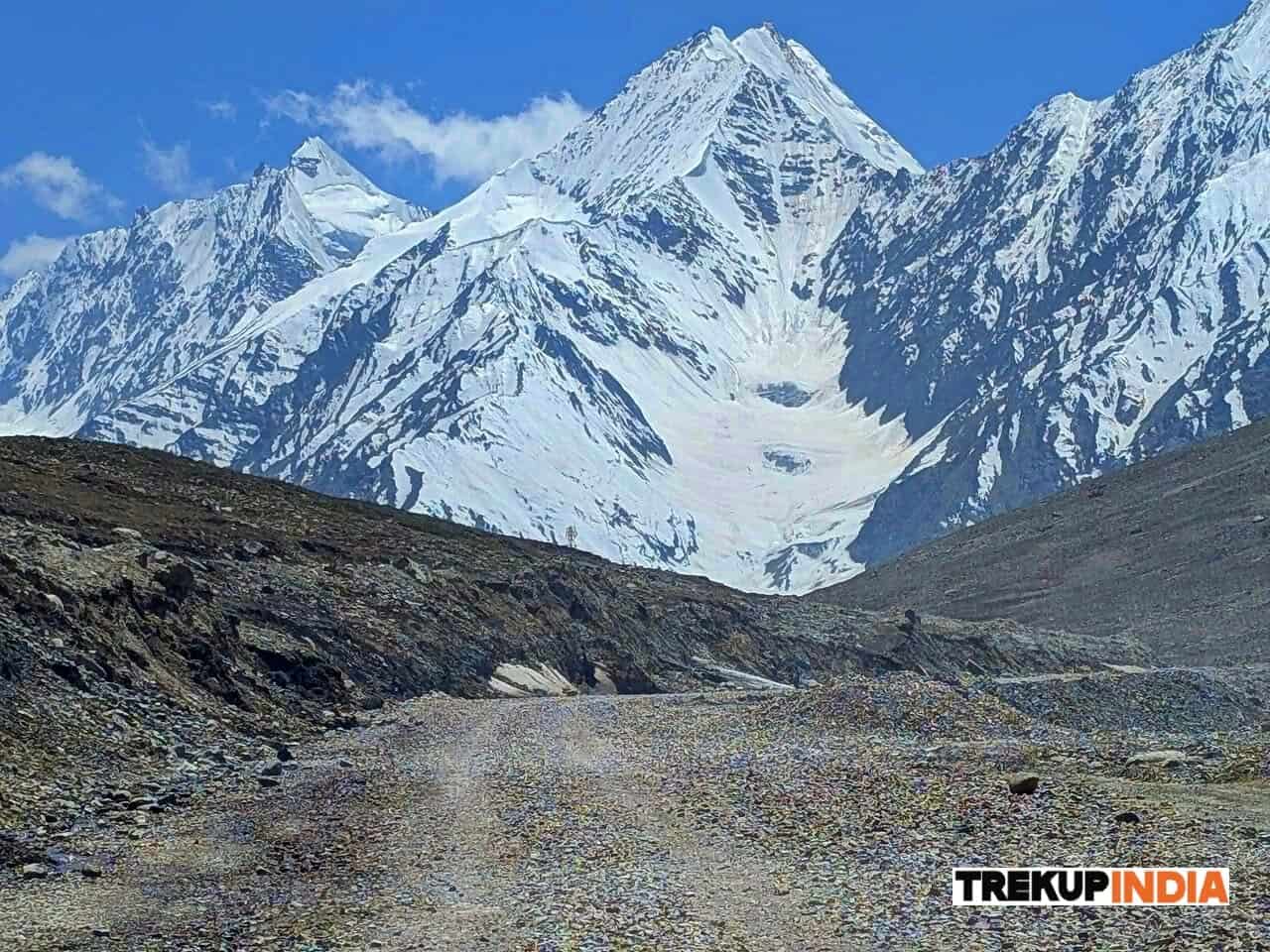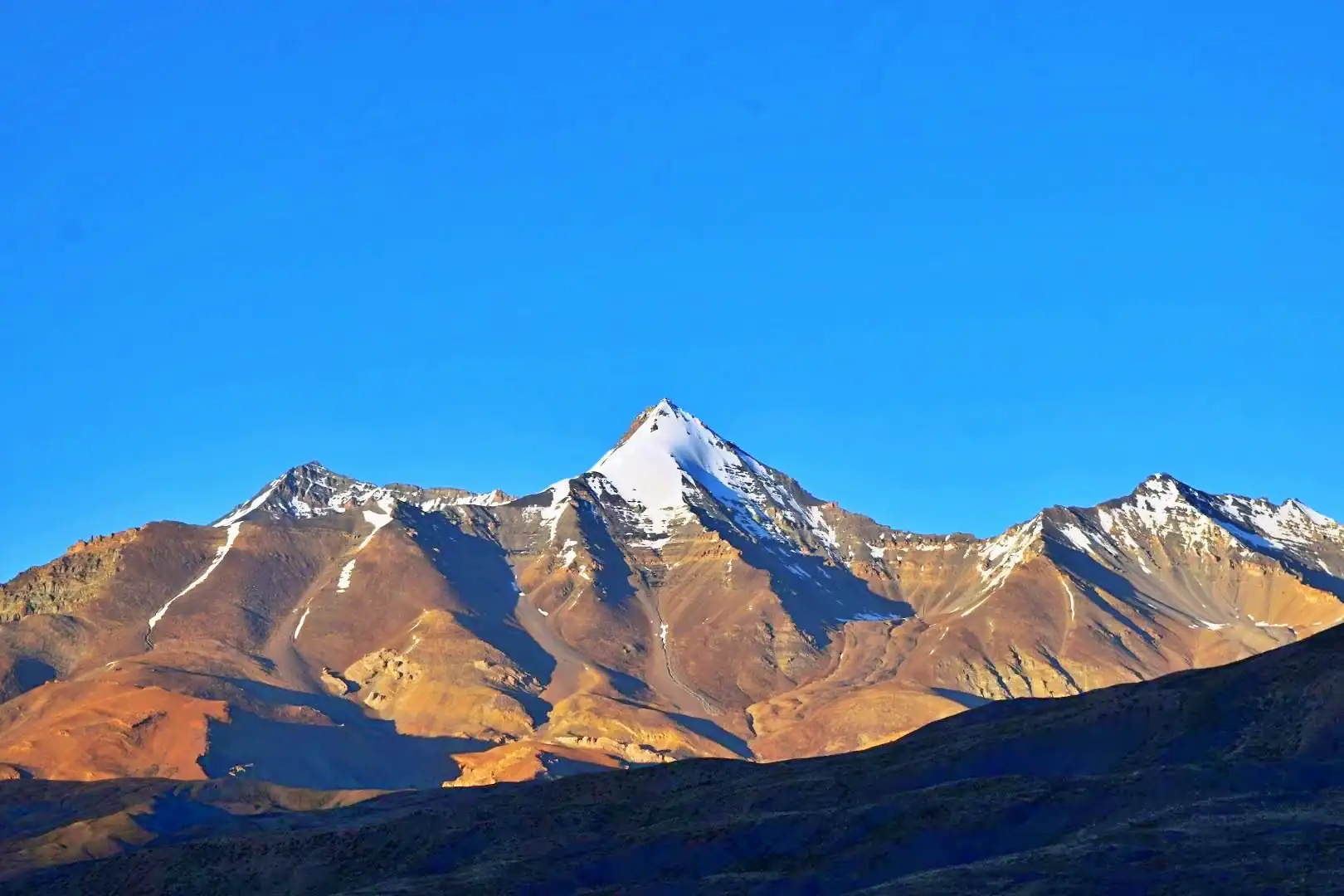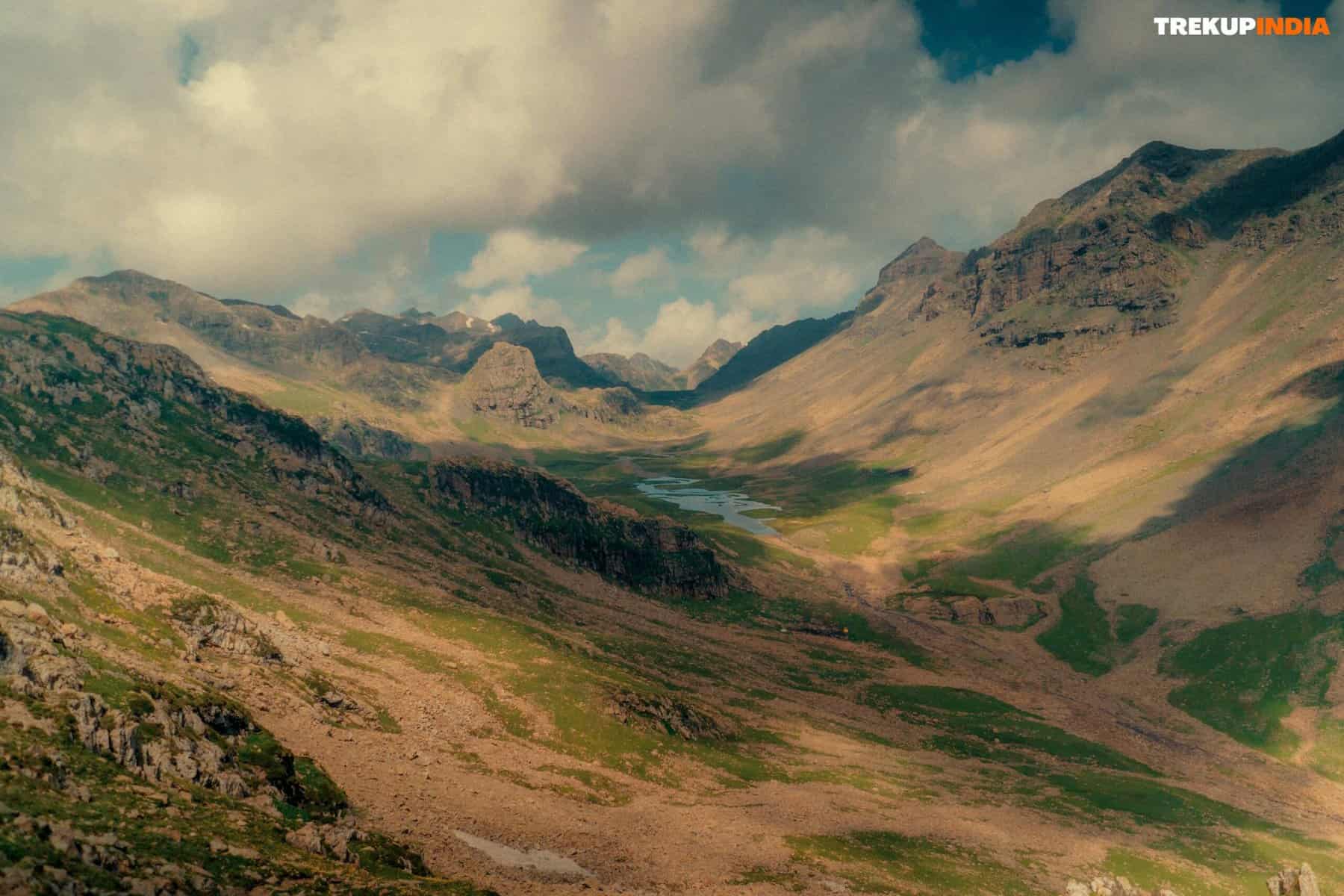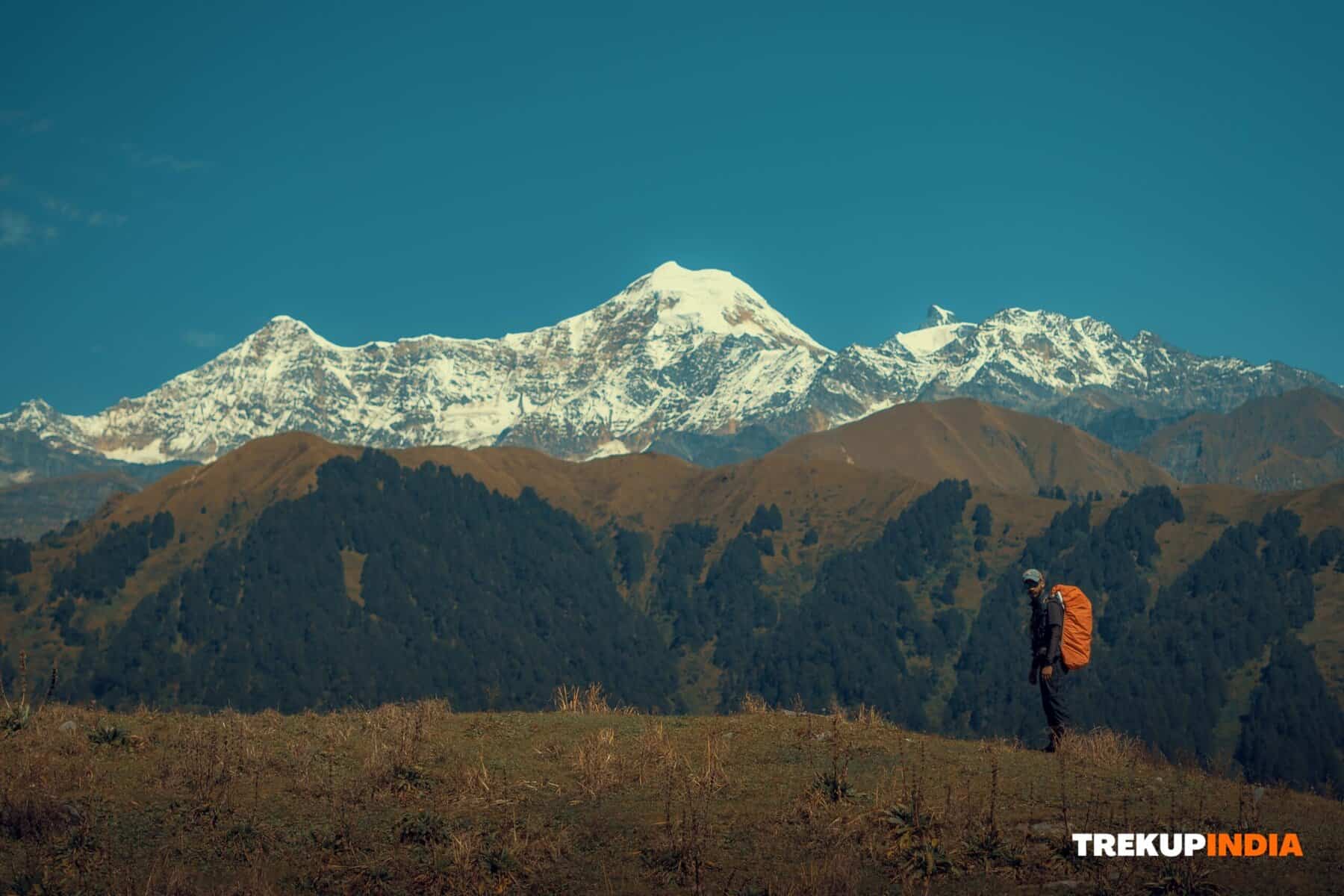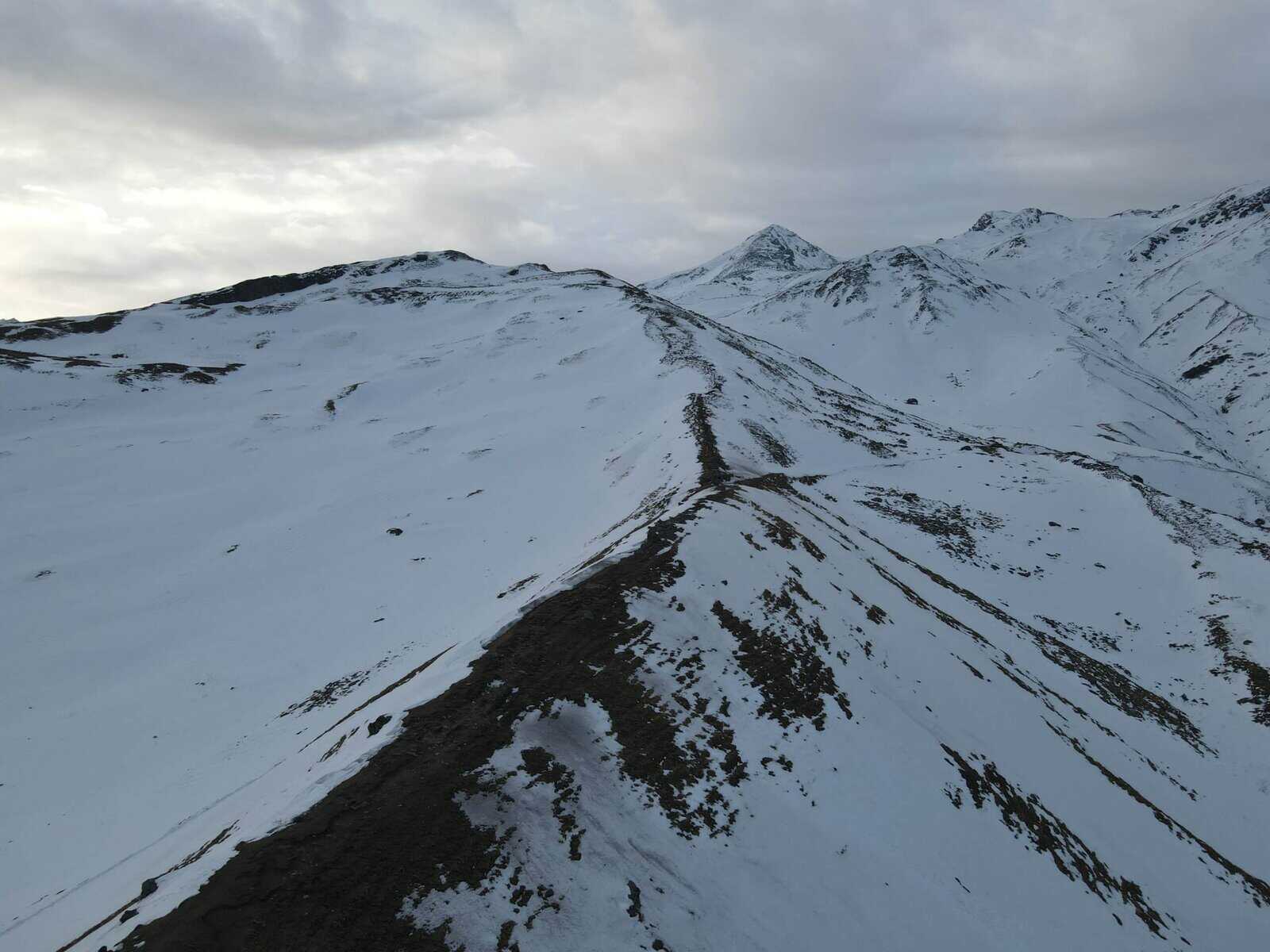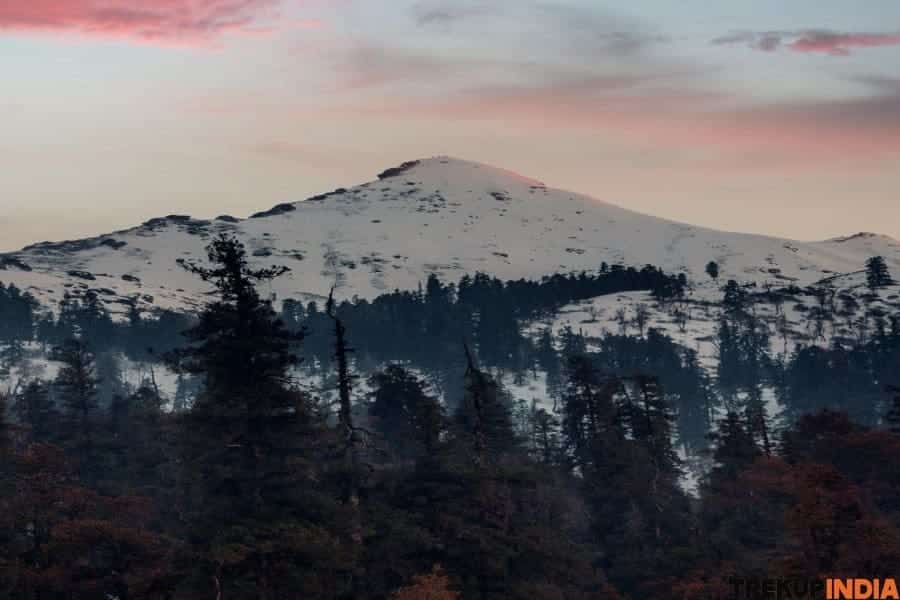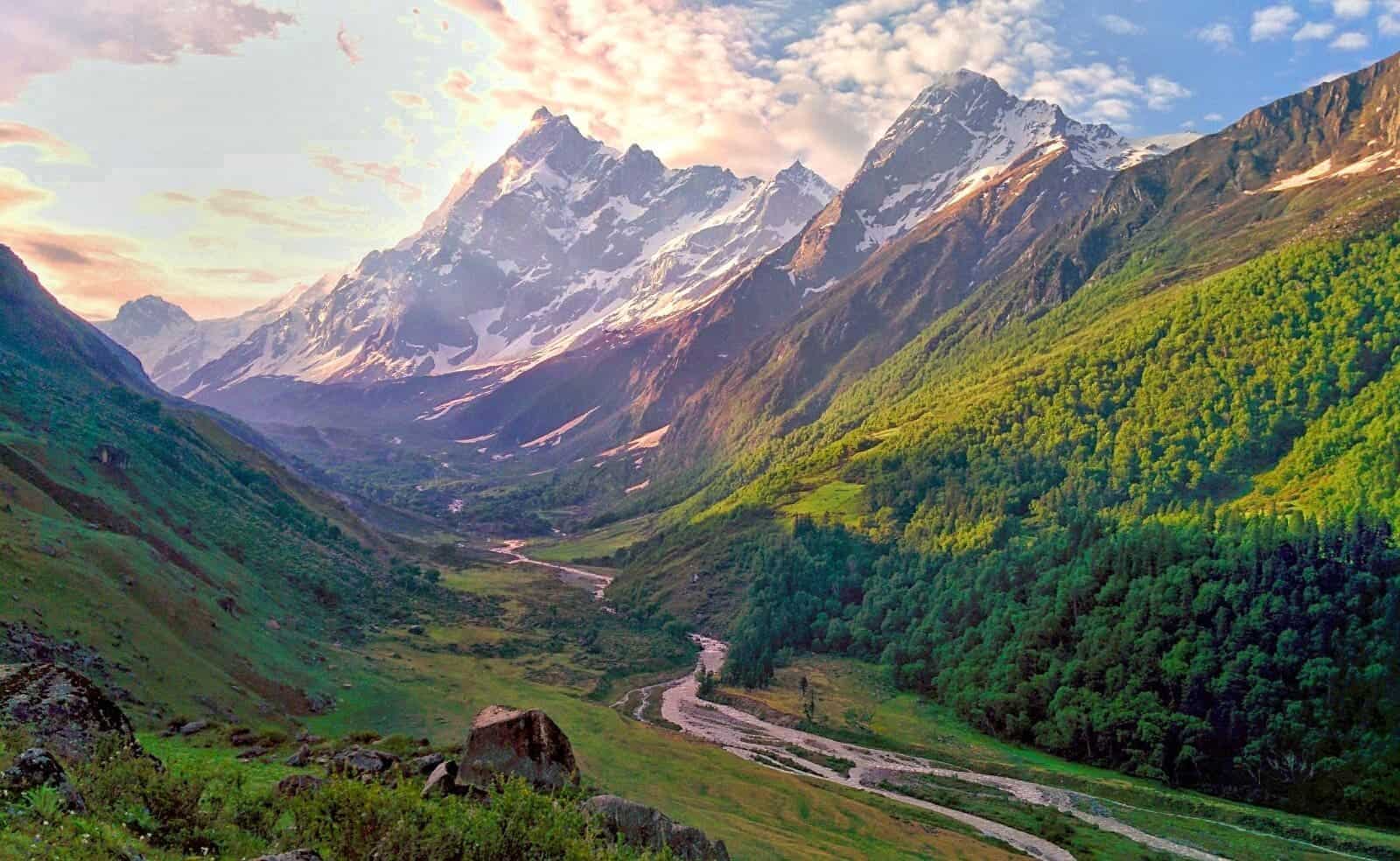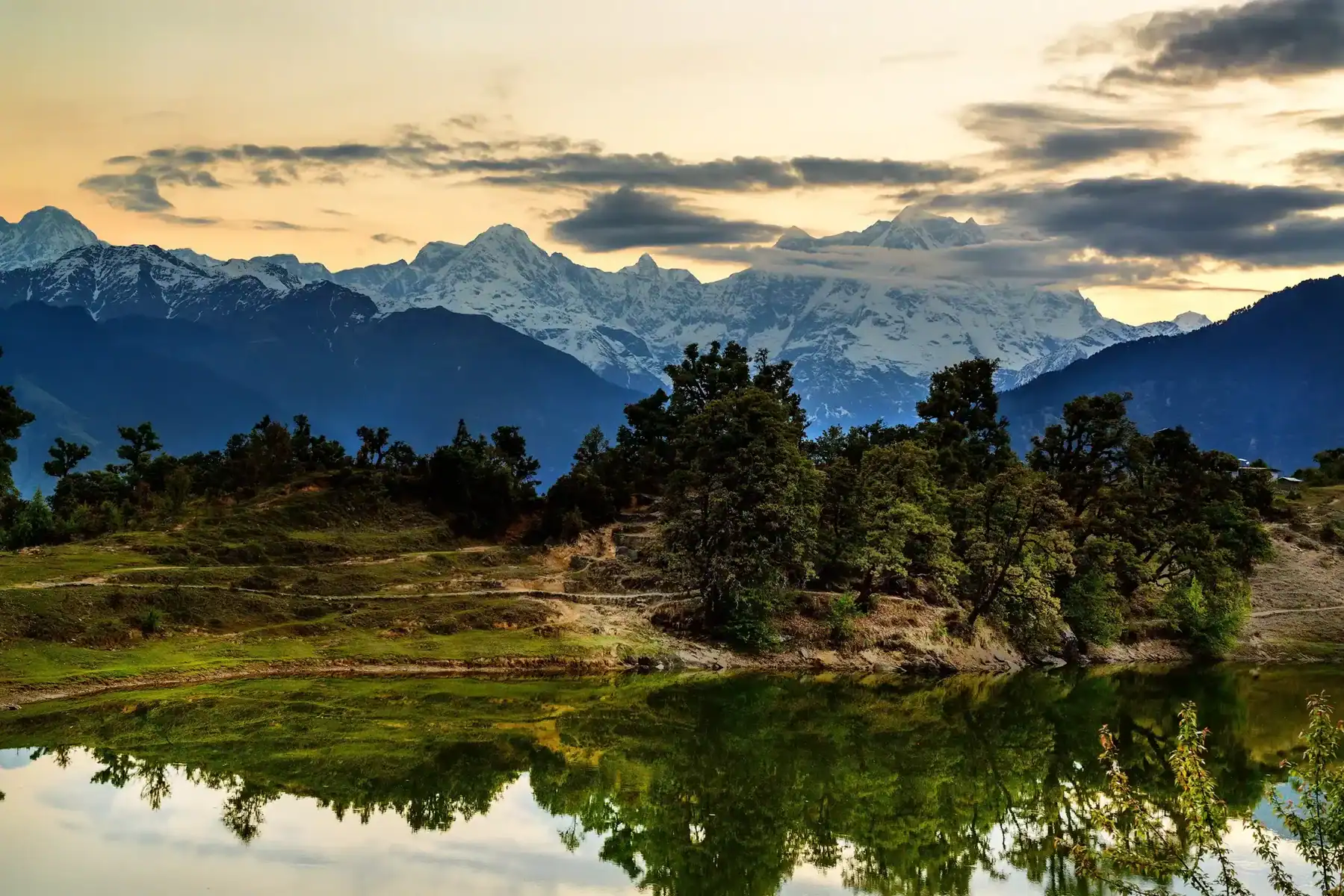Why Do the Kashmir Great Lakes Shine in Shades of Blue?
If you have not gazed on stunning images of the Kashmir Great Lakes before, get ready for an unforgettable journey. The people who experienced the beauty of this lake share tales of their stunning blue hue, stunning views, and breathtaking nature that abounds across eight days of KGL trekking Adventurers can explore six stunning lakes covering an area of 70km, with numerous legends of its region surrounding each lake body which surrounds it, not neglecting their stunning hues at the main focus of their adventure! The Indian beauty must not be missed as it is a must-see destination, and its dazzling hues are its most spectacular feature!
While traveling in India, I have only seen one or two lakes that are in the same hue as these. Ghepan Ghat in the Lahaul region, located in Himachal Pradesh, stands out for me due to its amazing blue hue. Even when it was raining, the lake was able to radiate an amazing glow that leaves people awestruck.
Lakes in KGL resemble lakes that are found in Kashmir After witnessing how bright Ghepan Ghat’s vibrant blue color is like that of Kashmir lakes, my curiosity at a peak – how come they look to be so blue?
Kashmir Great Lakes undergo seasonal modifications that change their appearance.
Summer (June to September)
The season of trekking provides the best conditions for lakes to display their real color. Since glaciers melt and become rivers, and fresh water flows effortlessly into their bodies, silt particles get uniformly distributed across their surfaces and retain their stunning color.
Autumn (October to November)
When temperatures drop and glaciers melt the water flow decreases significantly and give lakes more of a slender appearance overall.
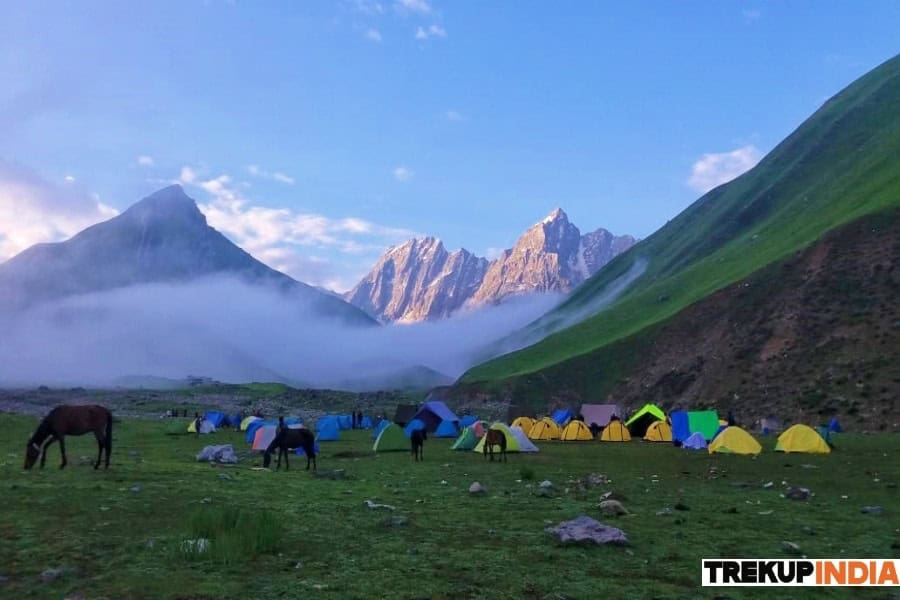
Winter (December to March)
The lakes freeze, and the blue hues disappearing beneath the snow and ice layer. Tourists rarely go to the lakes during this time due to extreme climate conditions.
Spring (April to May)
In April and May, as snow melts, the lakes revert to their initial shade of blue. However, they may be duller than in the summer’s peak.
What Makes the Kashmir Great Lakes so Blue?
Begin by examining what kinds of lakes they are. (Kashmir Great Lakes, in all instances).
While its waters could seem murky and muddy the process of exploring them is crucial to revealing their stunning beauty.
The classification of these lakes is by their efficacy in relation to the quantity of nutrients in their water. If a high concentration of nutrients permits a large expansion of the algae and other aquatic plants, these lakes are referred to as Eutrophic lakes. This name comes from the Greek which means well-nourished.
Kashmir Great Lakes are one of the lakes that are notable for their lack of nutrients, thereby defining them as oligotrophic and extremely oligotrophic. These waters are typically located in high elevations or in colder regions in which climate constraints limit the ability to support a variety of aquatic species. Their oxygen-rich water makes a perfect habitat for the trout species, which are drawn to colder climates with plenty of oxygen. These lakes offer breathtakingly clear waters because of the absence of vegetation. The clarity of their waters is the reason for the stunning appearance of these lakes.
The reasons for their existence are in their roles and capabilities to perform, but more than that, their existence is the reason for them.
My interest led me to research the cause of these lakes in high elevations. My results were astounding. My surprise was that the answer lies in glaciers, which are the source of the Great Lakes. They are the source of the crystals that create the lakes!
Be sure to study each trek route carefully every day to learn more about the way each lake came into existence You will be able to see its impact on the subsequent lakes.
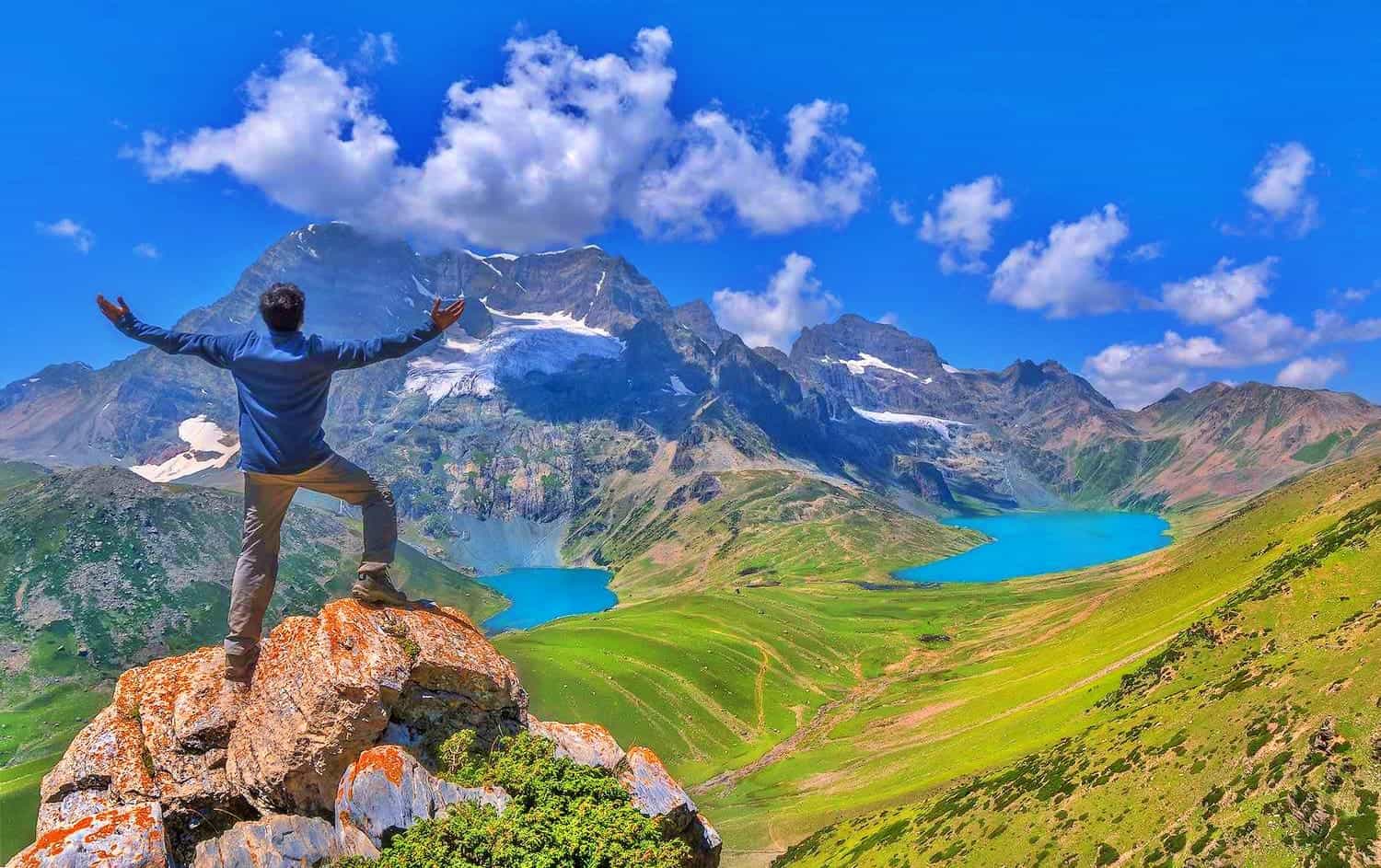
Gadsar Lake receives water from melting glaciers as well as snow.
Krishansar Lake is situated amidst the snow-covered landscape and glaciers.
Vishansar Lake gets replenished via Krishansar Lake, which receives its water through melting glaciers and snowfall.
Gangabal Lake Is Witnessing Glacial Ice Melting.
Nundkol Lake draws its water source via Gangabal Lake, composed of glaciers, as well as snow gathered from Mount Haramukh.
Glacier-fed lakes play a crucial role in forming our crystal-clear water equation. The glacier’s movement creates massive force and pressure on the ground beneath it and wears away the rock until just fine pieces of rock are left.’
Small rock particles are suspended in the melts of ice, which are pumped into the lakes that are fed by glaciers. These lakes are stunning, blue-colored lakes that amaze anyone who sees them. Light reflected off their surfaces results in stunning shades of blue that astonish anyone who looks at them.
Lake hues are determined by a myriad of variables, including the intensity of sunlight and direction, angle of vision, as well as the position of the glacier source and the time of year. The interaction between light direction, intensity, location of the viewer, and the time of day can influence its perception. Added to that is the distinctive bedrock underneath every glacier, combined with various quantities of grinding can create distinct hues across the lakes of KGL.
Tarsar Marsar Trek within Kashmir Valley is truly breathtaking, thanks to its crystal-clear lakes, which offer a tranquil option to the KGL trek.
The seasonal variations are also an aspect. When the first stages of the melt season, lakes tend to show darker shades as the rock particles are still been evenly dispersed throughout their surface. If the annual thaw is progressing towards the date of a possible freeze the main lakes usually attain the most rock flour, that results in stunning visuals.
Kashmir Great Lakes are famously blue because of the blend of glacier meltwater, as well as suspended rock reflective light, and pure altitude, creating amazing lakes on Earth. If you are a fan of natural beauty like us, the Kashmir Great Lakes are amazing to explore some amazing natural reserves in the world! Take this unforgettable trek with Trekup India.. If photography, trekking, or just taking in stunning natural views is your style, it is a must. Do not miss this amazing experience.
About Author
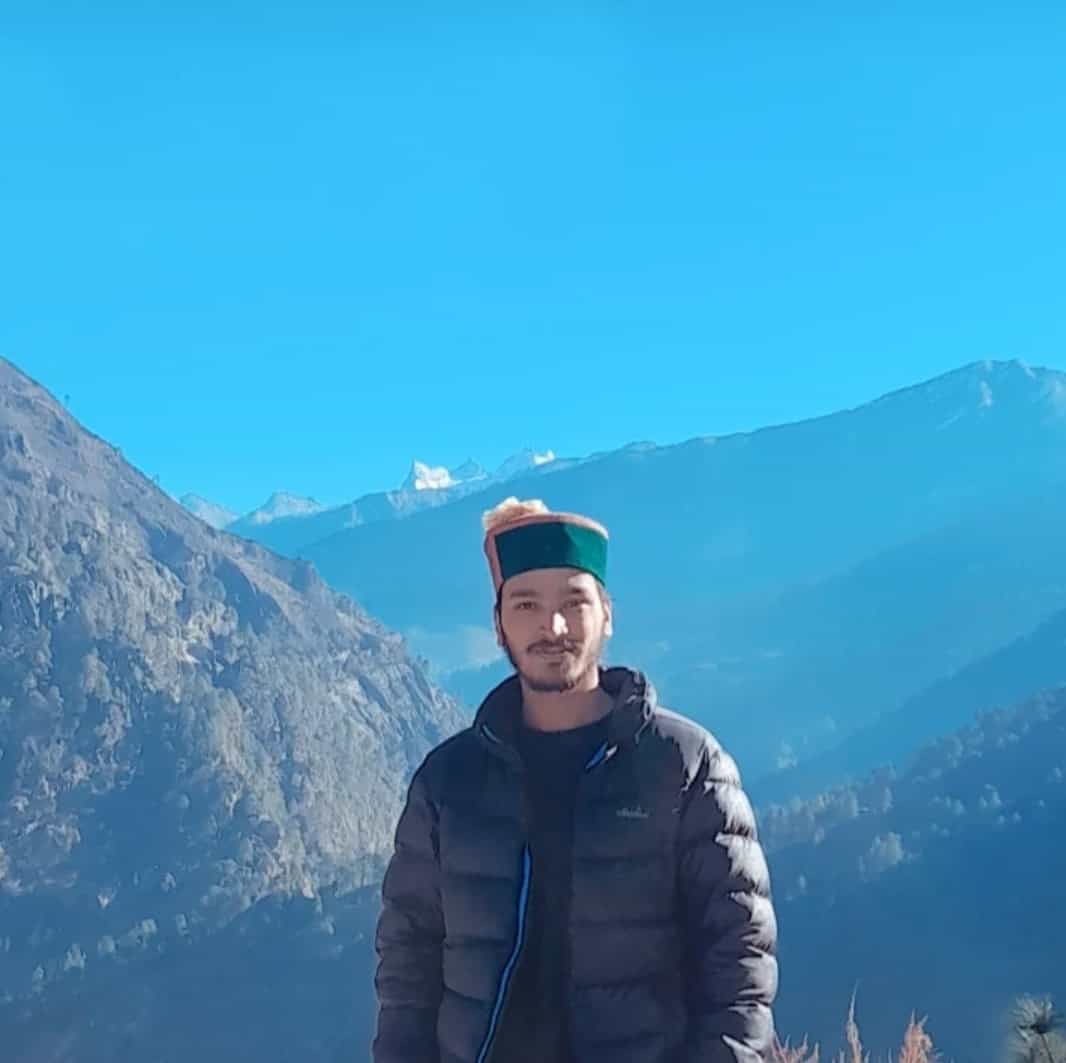
Anoop Rawat (Admin TrekUp India)
Anoop has worked for 5 years as a Trek Leader with TrekUpIndia, leading numerous treks across the diverse and challenging terrains of Uttarakhand and Himachal Pradesh. He holds a degree in Geology with a specialization in Geographic Information Systems (GIS) from UPES Dehradun. During his academic years, he actively applied his classroom knowledge in the field—most notably by contributing to a glacier research project on the Jundar Glacier in the Har Ki Dun Valley, Uttarakhand. Write Anoop at anoop@trekupindia.com
Share this article
Dates For Upcoming Treks
Want To Trek Like Pro?
Basically, watch these videos if you want to trek the same way professional trekkers do and make your skills better. These videos contain useful tips and techniques to further improve your trekking skills itself. These videos actually help both new and experienced trekkers improve their trekking skills. These videos definitely provide useful tips that make your trek better. We are seeing that these videos by Trekup India experts will only help you make your trekking skills better.
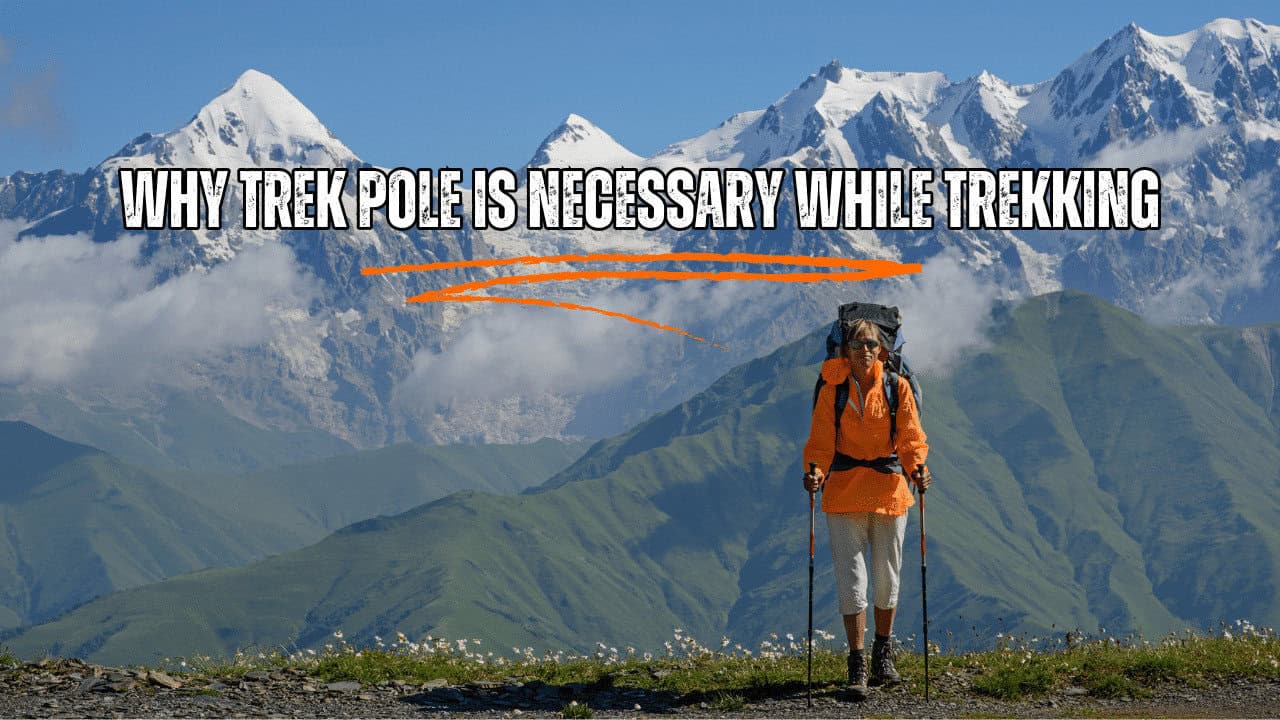






Know Everything About Acute Mountain Sickness
Acute Mountain Sickness occurs when people trek to high altitudes above 8,000 feet. This condition itself develops further due to reduced oxygen levels at such heights. Basically, as you go higher up, the air pressure and oxygen levels decrease, which causes the same problem. Acute Mountain Sickness surely causes headache, nausea, vomiting, and dizziness in affected persons. Moreover, peoples also experience difficulty in sleeping during this condition. To avoid mountain sickness, you should actually trek up slowly to higher altitudes. To learn further about this condition itself, watch the videos by Trekup India.
